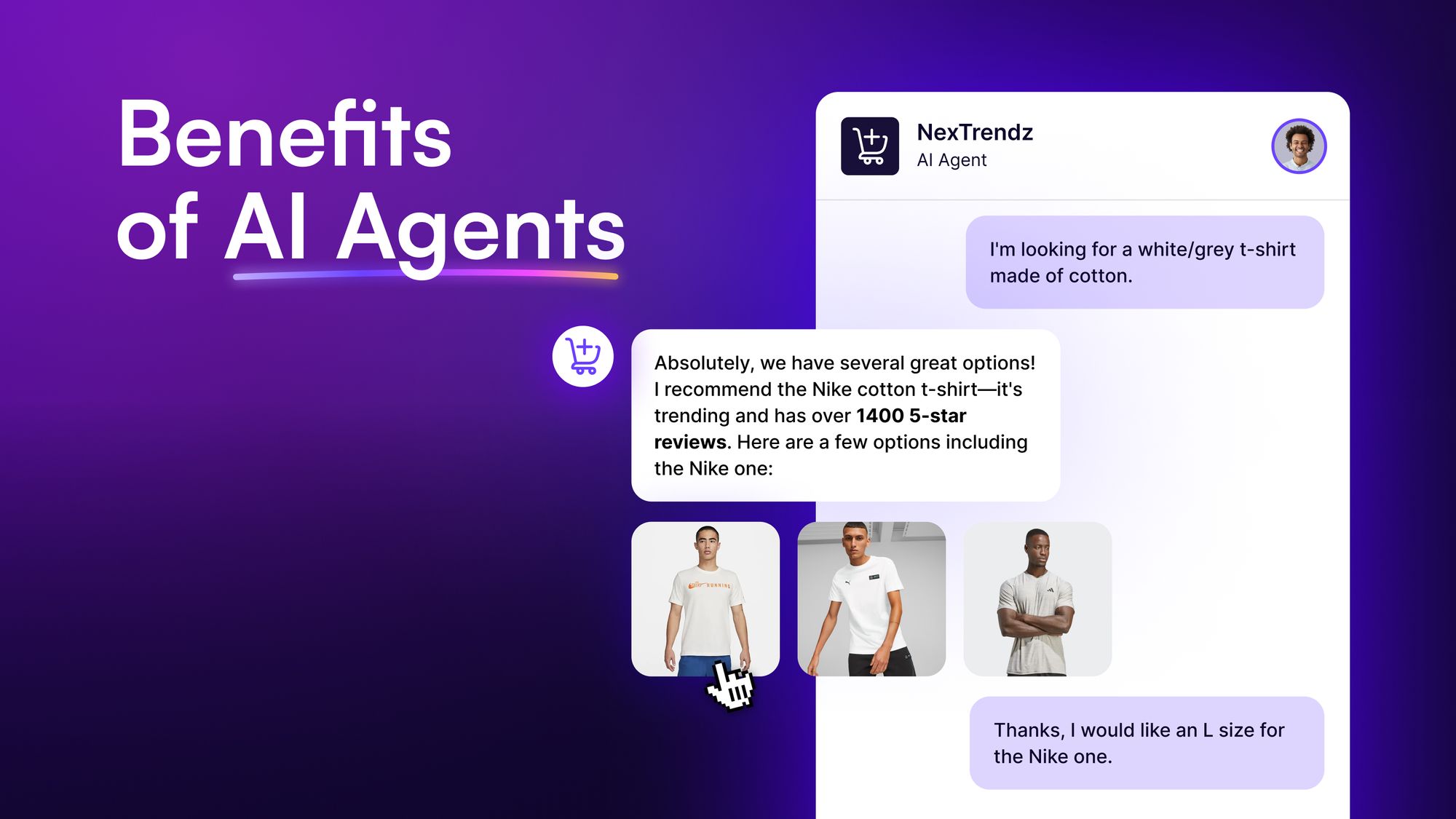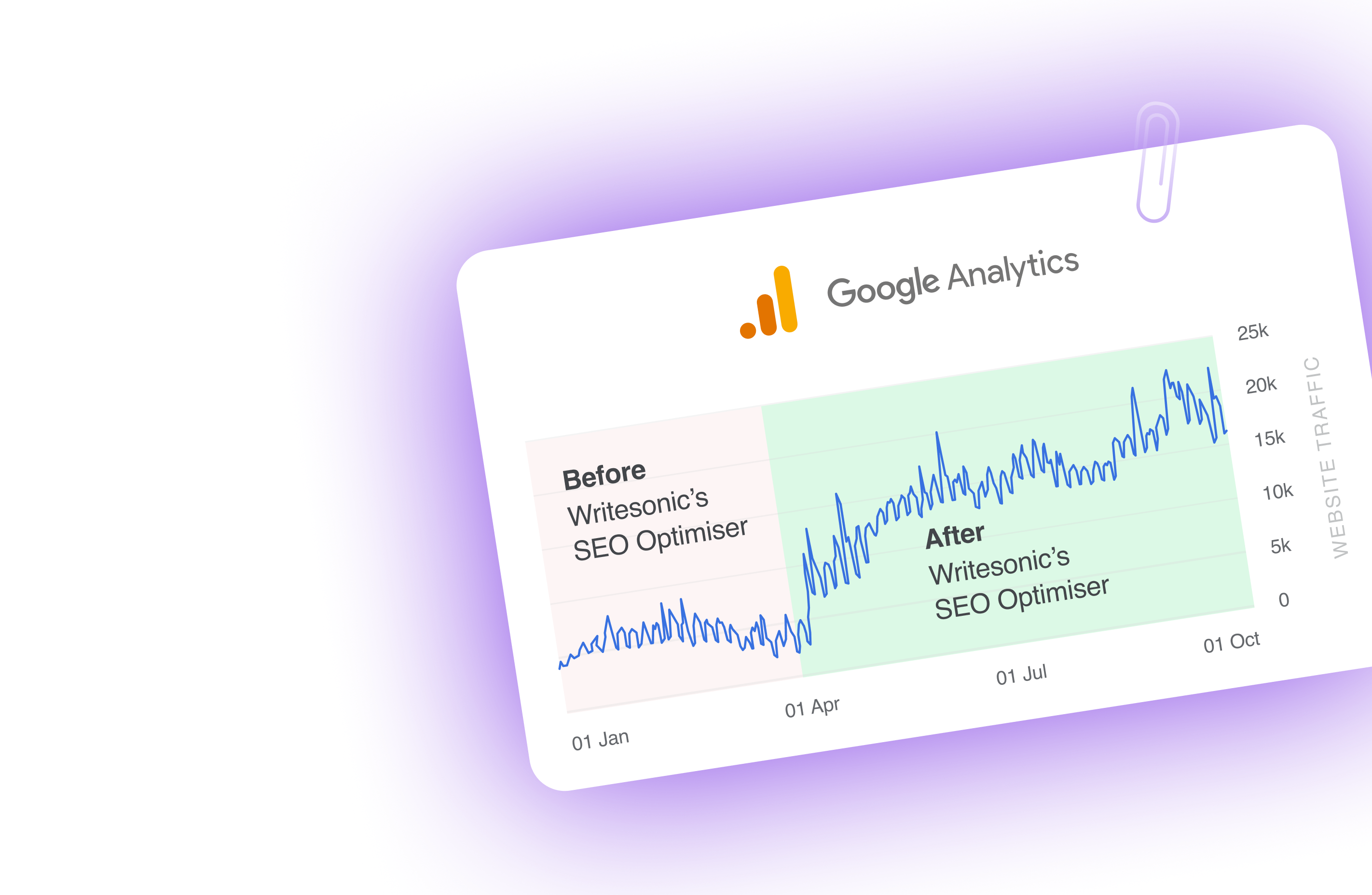Have you ever walked through a motion-detector door, talked to a voice assistant, or used a robotic vacuum cleaner? If yes, you’ve used an AI agent.
AI agents. The term might sound fancy, complex, and something only high-level businesses use. But in reality, AI agents are all around us. It’s like an umbrella term that covers various types of intelligent agents.
They can be as simple as the Roomba you use, or as complex as a hospital management system.
The one property that stands out? Each type of AI agent uses its own “intelligence” to make decisions and take actions.
Based on how complex they are and what they are used for, AI agents can be classified into various types. In this article, we’ll discuss 7 of the main types of AI agents, their key features, real-life use cases, and limitations.
Want to know more about AI agents? Check out our detailed guide on what are AI agents to understand their capabilities, benefits, and use cases.
7 Types of AI Agents to Use in Your Workflow in 2025
Here are the 7 types of AI agents used by most businesses:
- Simple reflex agents
- Model-based reflex agents
- Goal-based agents
- Utility-based agents
- Learning agents
- Hierarchical agents
- Multi-agent systems (MAS)
AI agents are intelligent tools that can perform tasks or make decisions on their own, with minimal human input. As Bill Gates, former CEO of Microsoft, puts it in his blog:
“Agents are smarter. They’re proactive—capable of making suggestions before you ask for them. They accomplish tasks across applications. They improve over time because they remember your activities and recognize intent and patterns in your behavior. Based on this information, they offer to provide what they think you need, although you will always make the final decisions.”
Every type of AI agent is nuanced in how it functions. Some respond to simple commands while others are more complex systems that consist of multiple agents. We’ll discuss the 7 main types of AI agents and look at their benefits, limitations, and use cases below.
1. Simple reflex agents
Simple reflex agents are the simplest types of AI agents that work on the principle “if this, then that.” If you’ve seen an intelligent thermostat or an automatic robot, you’ve seen a simple reflex agent.
To understand them, let’s take a step back and think of our own “reflex”. Say we touch an extremely hot surface. Our reflexes prompt us to immediately withdraw our hand. There’s not much “thinking” or “decision-making” involved. There’s just a quick reflex that meets the condition: if “hot surface,” then “withdraw hand.”
Simple reflex agents work exactly like this. When they encounter a trigger, such as a particular command or a change in the environment, they execute an action they are programmed to execute.
Key features of simple reflex agents
- Rule-based decision-making: These agents operate on predefined “if-then” rules.
- Immediate response: Their reactions are quick and only based on the current input.
- No memory or learning capability: Simple reflex agents don’t maintain any memory of past actions or experiences.
- Simplicity: They are easy to design and implement for straightforward tasks.
- Predictability: Given the same input, they will always produce the same output. They don’t adapt or learn from experiences.
Real-life use cases of simple reflex agents
We’re surrounded by simple reflex agents, even if we don’t recognize or acknowledge them much. Some common use cases of these agents include:
- Automated doors: Remember those automated doors across Walmart’s stores? Those are simple reflex agents in action. They can detect the presence of a person near a door and automatically trigger the door open.
- Thermostats: An automatic thermostat that adjusts the room temperature as soon as it’s 8 P.M. is another example of this agent.
- Smoke detectors: They are simple reflex agents that sound alarm bells when they detect smoke.
As they are simple and easy to use, simple reflex agents find a wide range of applications. But it also means they come with several limitations.
Limitations of simple reflex agents
Smart as they are, simple reflex agents face their share of challenges. Their biggest hurdle? The inability to learn from experience or adapt to new situations. Think of them as creatures of habit — excellent at following rules but unable to adapt to unexpected scenarios.
Some limitations of simple reflex agents include:
- No learning capability: They are unable to learn from past experiences and have no conversational memory. This means they cannot adapt to new environments as well.
- Limited decision-making capabilities: They can’t make decisions in complex scenarios or for tasks that require context or historical information.
- No prediction capabilities: Simple reflex agents can’t predict or plan for future action outcomes.
2. Model-based reflex agents
Model-based reflex agents are another type of AI agent that acts on reflex. Instead of making decisions based on single commands, these agents maintain their own internal model of the world i.e. their own understanding of how the world works.
This helps model-based reflex agents make more nuanced decisions. When they face a new situation or environment, they perceive the required data from their surroundings and take action based on both the new data and their internal model.
Key features of model-based reflex agents
- Internal world model: They maintain a representation of how the world works.
- State tracking: These agents keep track of past states and actions to make decisions in the future.
- More complex decision-making: They consider both current input and internal state.
- Adaptability: Can handle changes in the environment better than simple reflex agents.
Real-life use cases of model-based reflex agents
Like simple reflex agents, model-based reflex agents also have several applications around us. However, they are slightly more complex.
Autonomous vehicles are one of the best real-life use cases of model-based agents. While they do use multiple types of agents (we’ll see further), model-based agents play a huge part in how these vehicles operate. They have their own internal understanding of how to navigate on roads, how to avoid obstacles, and how traffic rules work.
When they face a new trigger, i.e. a pedestrian crossing the road or a car coming to a halt, they react quickly. Their reaction is based on the new data they perceive from the environment and also their internal model.
Other applications of model-based reflex agents are:
- Smart home systems: Air conditioners, thermostats, lights, blinds, and speakers — all work based on their surrounding environment (current temperature, humidity, etc..) and also new data (someone entering or leaving the room).
- Industrial robots: They adjust their working system based on how they are trained to operate.
- Advanced gaming AI: They can create new characters that are based on user preferences while their working remains the same.
Limitations of model-based reflex agents
Even though model-based reflex agents are more “intelligent” and can handle complex situations, they still have limitations:
- Resource intensity: Maintaining these sophisticated internal models demands substantial computational power
- Development complexity: Creating these intelligent systems requires extensive expertise and testing.
- Potential overfitting: Sometimes, these agents become too specialized, struggling with new scenarios
- Maintenance challenges: Since their accuracy depends on their internal world model, keeping them always updated can be a challenge.
3. Goal-based agents
Goal-based agents are different from the type of agents we’ve seen above. These agents don’t just work on “reflexes.” Instead, they aim to achieve a fixed goal and plan elaborate strategies to meet the same.
These AI agents consider possible future actions and their effects to select the best course of action for their objective.
Key features of goal-based agents
- Goal-oriented: They have specific objectives they’re trying to achieve.
- Planning capability: Goal-based agents create sequences of actions to reach their goals.
- Future consideration: They evaluate potential outcomes of their actions, and don’t make decisions with only short-term outcomes in mind.
- Problem-solving: They can handle complex, multi-step problems.
- Flexibility: They can adapt their approach as they go if the initial plan doesn’t work.
Real-life use cases of goal-based agents
Autonomous vehicles also use goal-based agents to navigate roads. They can consider various factors like traffic conditions, road rules, and safety protocols to reach their goal i.e. to transport the passengers safely to their destination.
Other use cases include inventory management, task management, and automated financial trading systems that are set on one goal: efficiently utilizing the stock, time, or money.
Project Mariner, one of the notable AI agents recently released by DeepMind, can also be considered a goal-based agent. The platform allows users to navigate the web using an AI chatbot as a browser extension.
As users type in what they want (set goals), Project Mariner develops an action plan and displays it for approval before taking action.
Another popular example is Microsoft Copilot in Office 365, which is designed to meet the productivity goals of users.
Limitations of goal-based agents
Goal-based agents are quite complex and can handle various types of tasks. But in some situations, using these agents can have some drawbacks:
- Resource intensity: Due to its complexity, it requires high amounts of computational resources.
- Goal specification complexity: Defining clear, achievable objectives might be challenging in some scenarios.
- Planning limitations: There may be specific limitations in how further along the agent can plan and how much it can actually execute.
4. Utility-based agents
Goal-based agents can achieve certain goals, yes. But the biggest challenge they faced was deciding between multiple pathways to achieve a single goal.
If one task, say searching the web or reaching a destination, can be handled in more ways, which pathway should the agent choose?
This problem is eliminated in utility-based agents. They are quite similar to goal-based agents, as in, they also want to meet certain goals. But, they are more focused on meeting the goal in the most optimal way possible — maximizing the utility of the agent.
Key features of utility-based agents
- Utility function: These agents follow a utility function that determines which action pathway is the best.
- Decision-making: They choose between pathways to ensure maximum utility.
Other key features are the same as goal-based agents.
Real-life use cases of utility-based agents
Ever seen ride prices surge during rush hour? That’s utility-based agents at work. These sophisticated agents create dynamic pricing systems by analyzing demand patterns, and timing factors to maximize profits in real-time.
Another common use cases of utility-based agents are smart energy grids that can adjust the distribution and pricing of electricity based on supply and demand, weather conditions, and energy storage levels.
Limitations of utility-based agents
Utility agents have their set of limitations, especially in scenarios where “optimal usage” of a resource isn’t a requirement:
- Ethical considerations: When making human-centric decisions, optimizing resource usage shouldn’t be the only priority. Using utility-based agents in such situations may raise ethical questions.
- Implementation challenges: If there are multiple variables in play, creating a utility function that considers all the variables can be a challenge.
- Scaling issues: Implementing these agents at a large scale requires huge computational resources and can further complicate the utility function.
5. Learning agents
Learning agents are the type of AI agents that keep on adapting and learning. They are the best for personalized, user-centric usage and have a wide range of applications.
These agents are equipped with a learning component that updates the agent’s knowledge (knowledge base) or strategy in response to changing environments or newly acquired information. They use technologies like natural language processing (NLP) and language learning to process requests and personalize responses.
Key features of learning agents
- Learning element: They continuously learn from user input and adapt to situations.
- Conversational memory: They remember past conversations, including corrections, to improve future responses.
- User-friendly: Users can directly customize and personalize responses. These agents learn to adapt based on simple, conversational commands and don’t need any heavy modifications from developers.
Real-life use cases of learning agents
If you’ve seen agents that personalize outcomes, those are the best examples of learning agents.
Say an e-commerce store has an AI agent that offers personalized recommendations. Every time you shop or search for a product, the agent learns your preferences and offers recommendations based on your activity. Amazon Personalize, a recommendation engine by Amazon, works on this model and is a learning agent.
Another example is the AI marketing agent Chatsonic, developed by Writesonic. The AI marketing agent helps with keyword research, content generation, and strategy and continues to offer responses tailored to your brand — a learning agent put to action.
Limitations of learning agents
While learning agents are the most user-friendly among the bunch, they have certain limitations:
- Data dependency: They depend on user data, which means their responses directly reflect the quality of data supplied by users.
- Context understanding: Nuanced situations can still perplex these systems.
- Security vulnerabilities: Users might try to exploit these tools, making them highly vulnerable.
6. Hierarchical agents
Hierarchical agents break complex tasks into smaller, more manageable sub-tasks. These agents operate at multiple levels, with higher-level agents overseeing broader goals and lower-level agents handling specific tasks.
When we say “higher-level” and “lower-level” agents, we don’t mean autonomous agents that operate independently. Instead, these agents rely on outputs from each level to function properly.
Key features of hierarchical agents
- Layered architecture: They operate on multiple levels, each responsible for specific aspects of a task.
- Decomposition: They divide complex tasks into simpler sub-tasks.
- Coordination: Lower-level agents communicate and coordinate to achieve higher-level goals.
- Scalability: The hierarchical system allows for easy scaling.
Real-life use cases of hierarchical agents
We can see the applications of hierarchical agents at a large scale. See smart cities, for example. These digital ecosystems coordinate everything from traffic patterns to energy distribution, with high-level agents handling city-wide operations while ground-level agents manage specific functions.
Another use case is in the manufacturing sector, where high-level agents maintain strategic oversight while mid-level counterparts manage production lines with precision.
Limitations of hierarchical agents
Despite their efficiency, hierarchical agents face certain challenges:
- Complex implementation: Designing and maintaining the hierarchy can be difficult, especially for smaller-scale businesses.
- Coordination issues: There are possibilities of miscommunication between levels, which can lead to errors and inefficiencies.
- Computational load: Managing multiple layers simultaneously requires substantial processing power.
7. Multi-agent systems (MAS)
Multi-agent systems (MAS) aren’t exactly a different type of AI agent. Rather, they are a collection of agents that coordinate with each other and function as a single unit.
This can comprise single reflex agents, goal-based agents, or any other type of agent mentioned above.
Unlike hierarchical agents, each agent in the MAS has its own goals and capabilities but interacts with other agents to achieve a common objective or optimize individual outcomes.
Key features of multi-agent systems (MAS)
- Decentralization: Decision-making is distributed among multiple agents.
- Collaboration and competition: Agents work together or compete, depending on the scenario.
- Scalability: They can handle large-scale problems by distributing the workload.
- Specialization: Individual agents can focus on specific tasks within the system.
Real-life use cases of multi-agent systems (MAS)
Multi-agent systems are quite complex and find applications in large-scale environments.
A good example is a healthcare AI system that uses multiple agents for patient care coordination, hospital resource optimization, and medicine delivery. Individually, each of these agents plays an important role that’s also viable independently.
But, in a system, these agents can help manage entire hospitals of hundreds or thousands of people.
If you want something that’s more fun, there’s CICERO developed by Meta. It’s a multi-agent system that aims to achieve human-level performance and is currently used in the game “Diplomacy.”
Final Thoughts: 7 Types of AI Agents to Streamline Your Workflow
Among different types of agents in AI, learning agents are the most advanced ones. If you want to implement an AI agent to improve your business process, using a learning agent like Chatsonic is one of the best options.
Chatsonic is an AI marketing agent that can help you with your marketing processes. From keyword research and content strategy to content generation, Chatsonic can help you save hours.
By using a single AI agent, you can leverage multiple tools and templates to simplify your marketing tasks.
Ready to adopt AI agents in your business? Sign up for Chatsonic today!

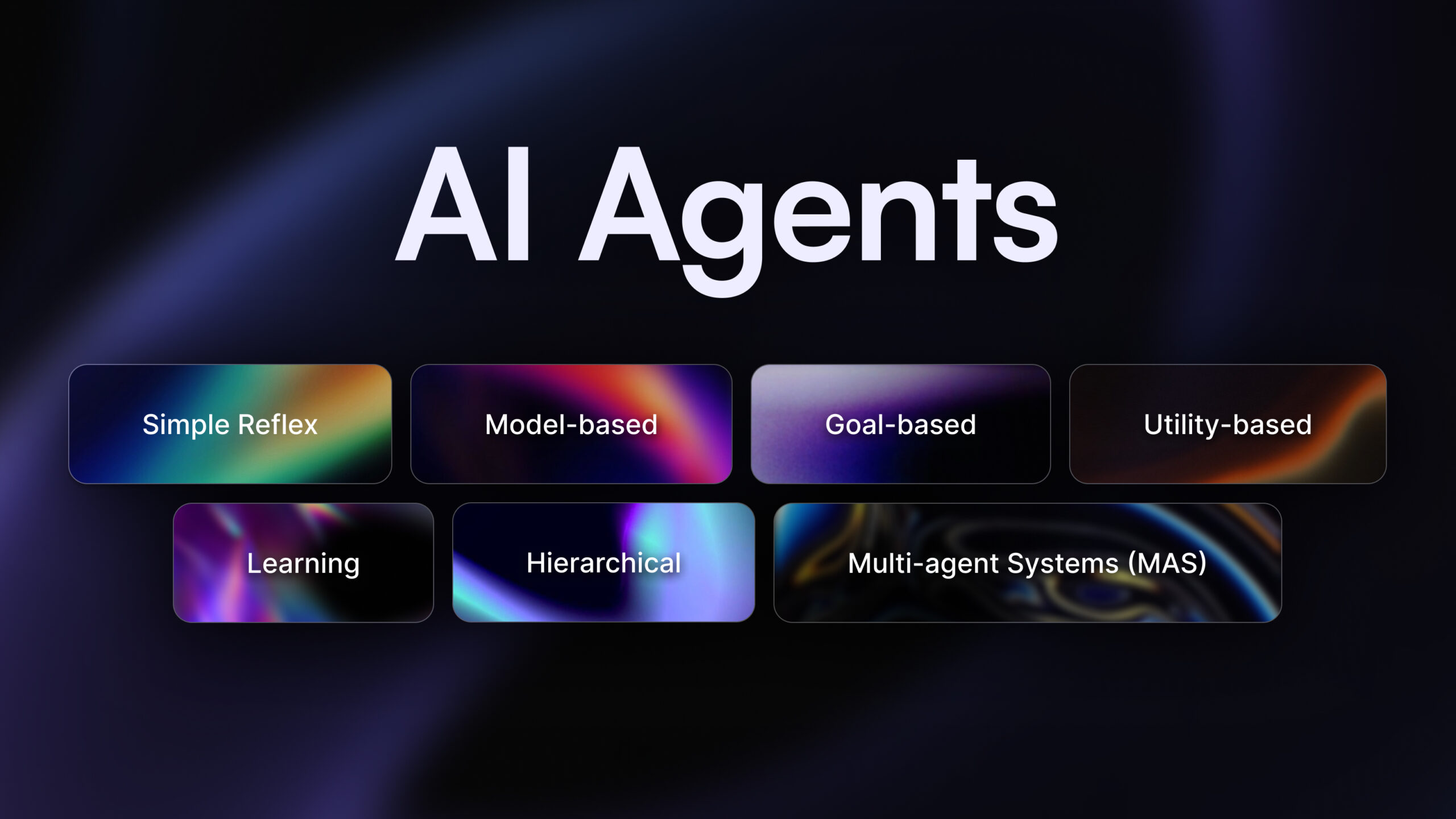
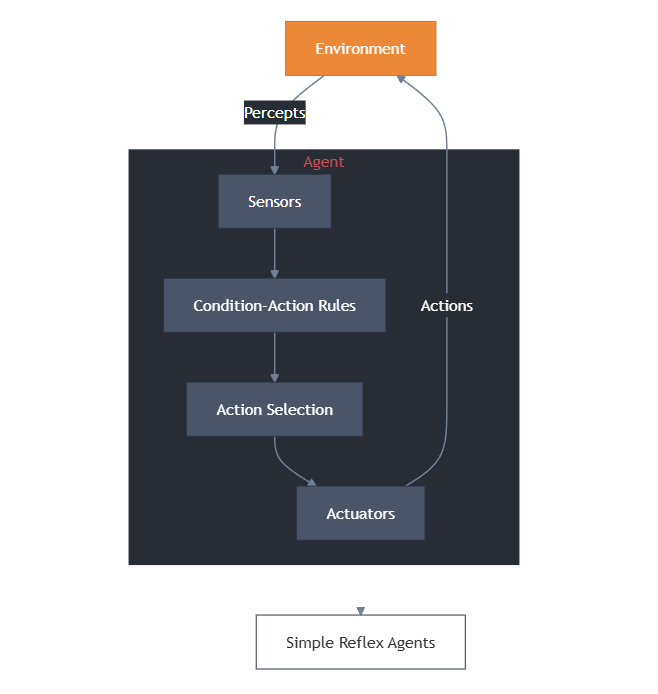

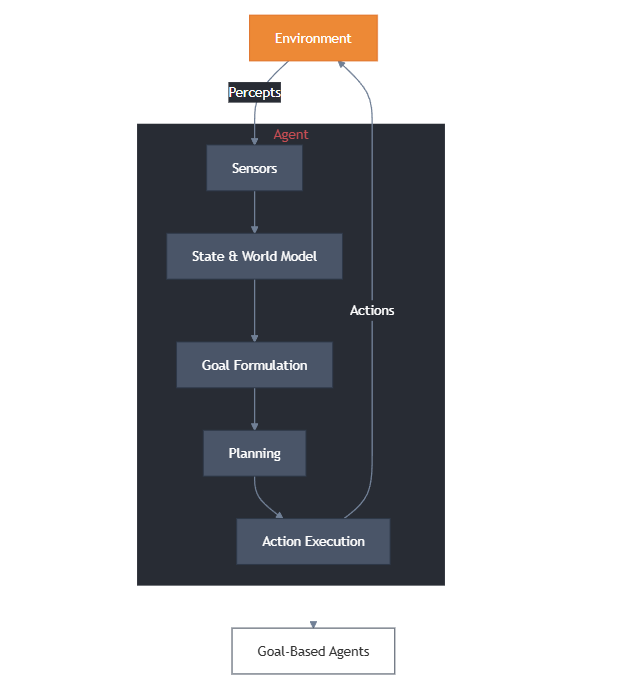
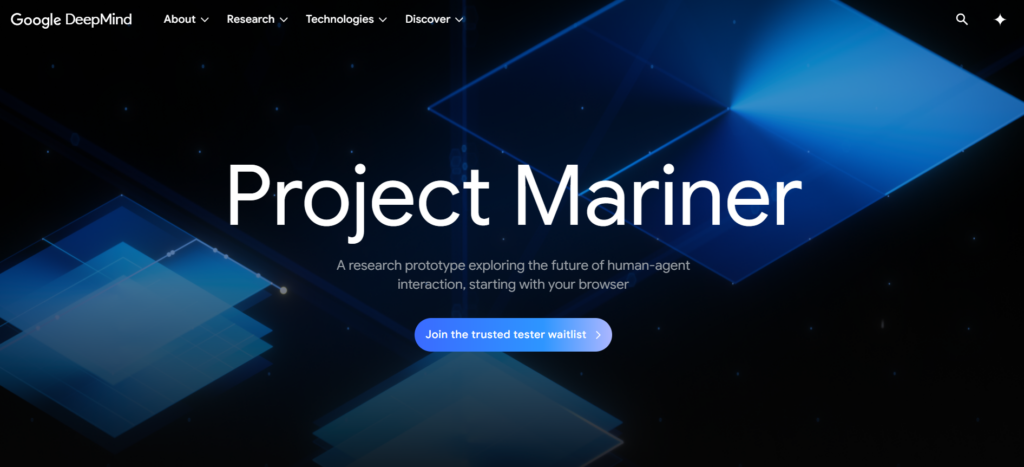
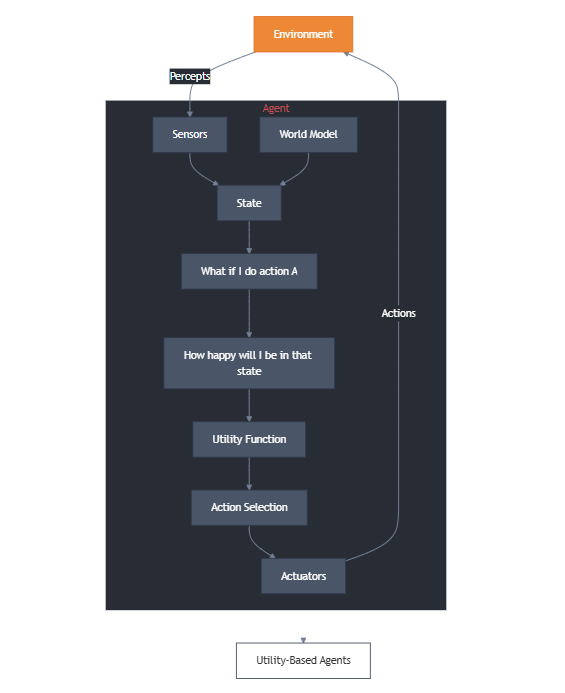
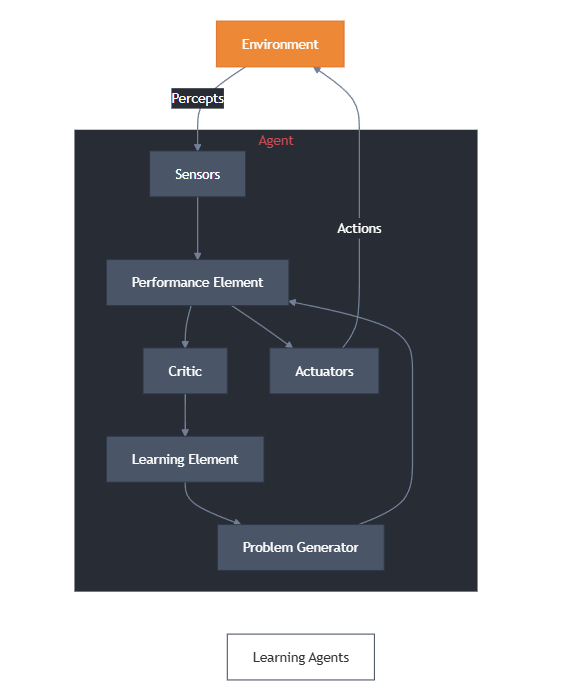
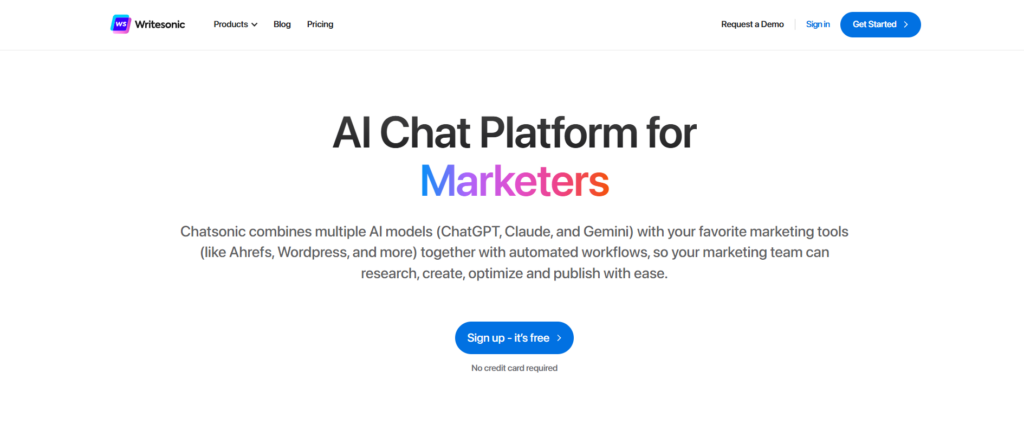
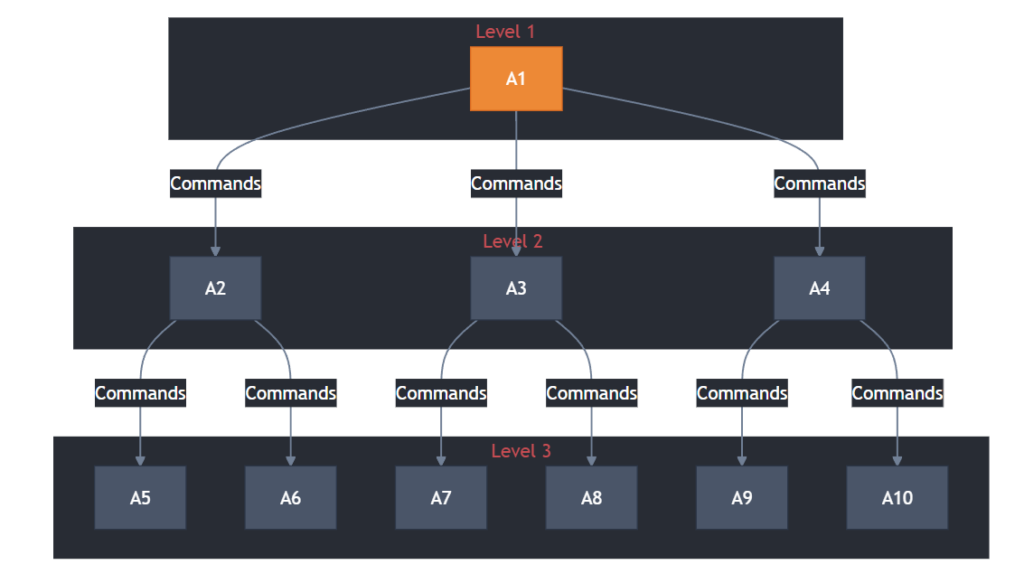
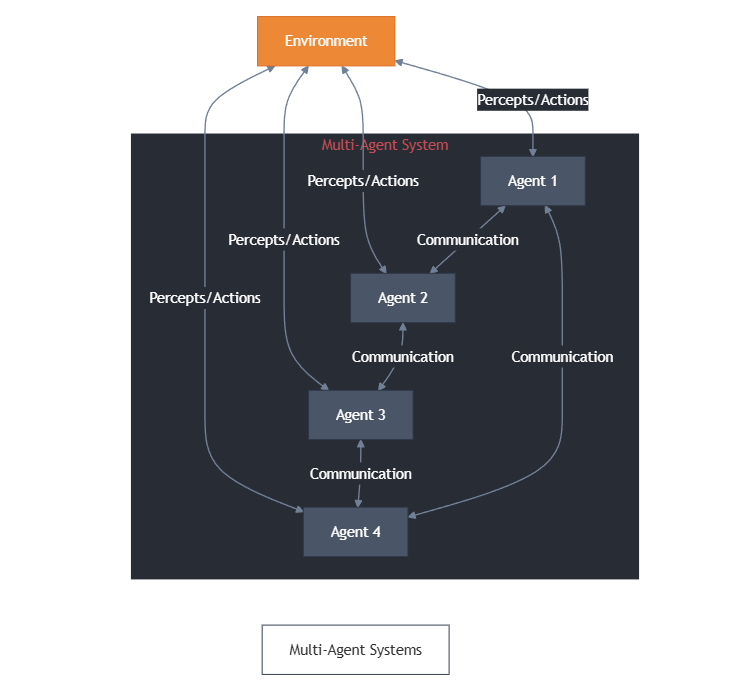
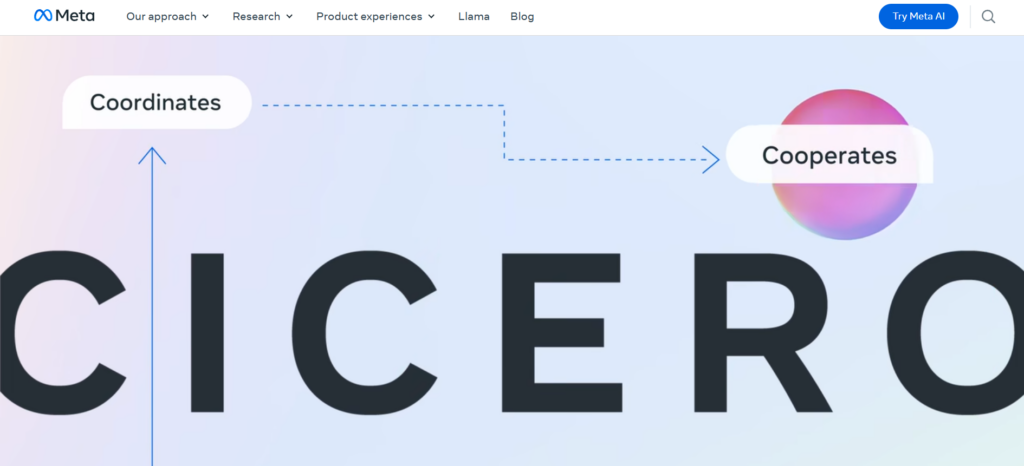

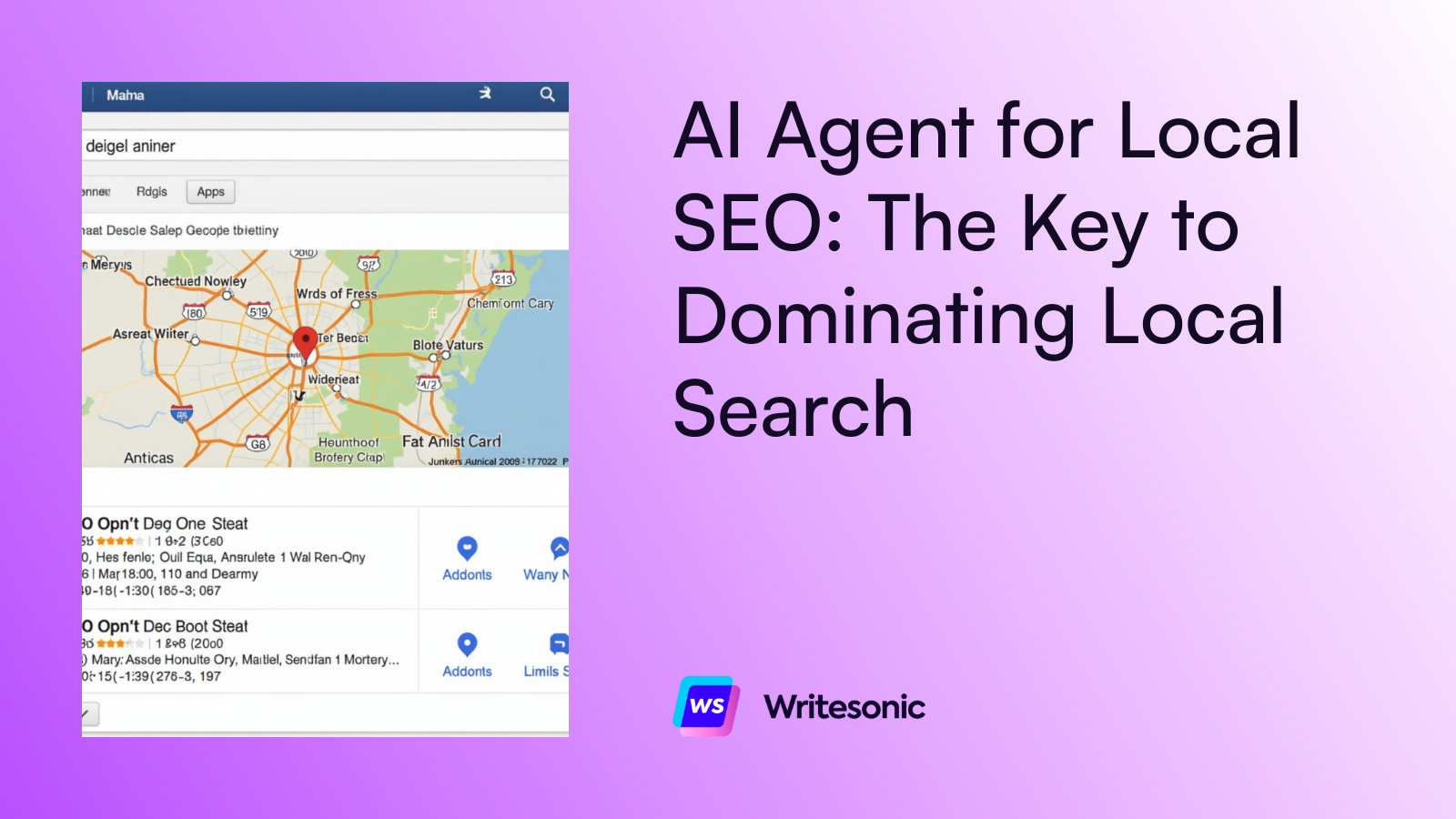

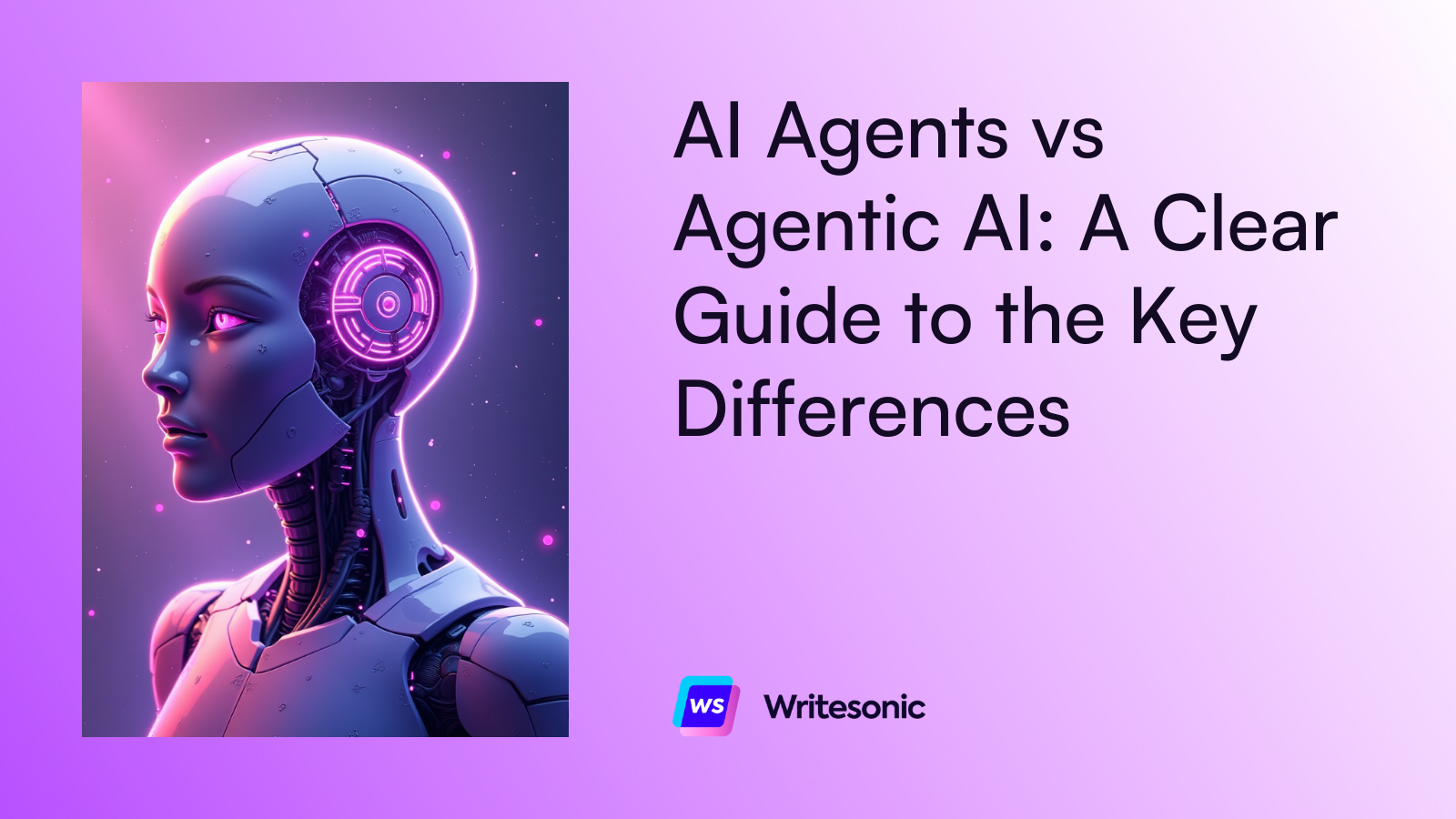
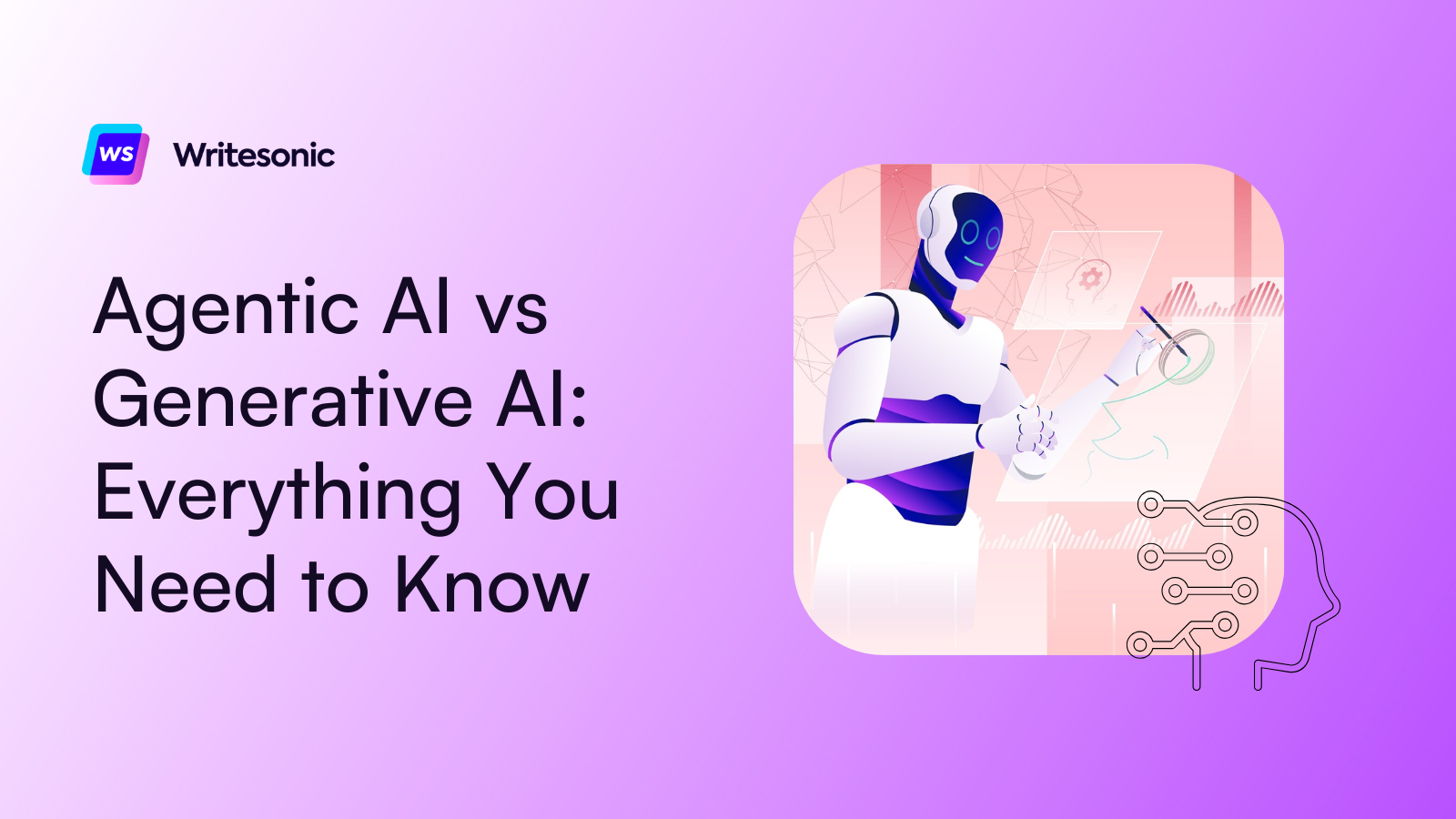

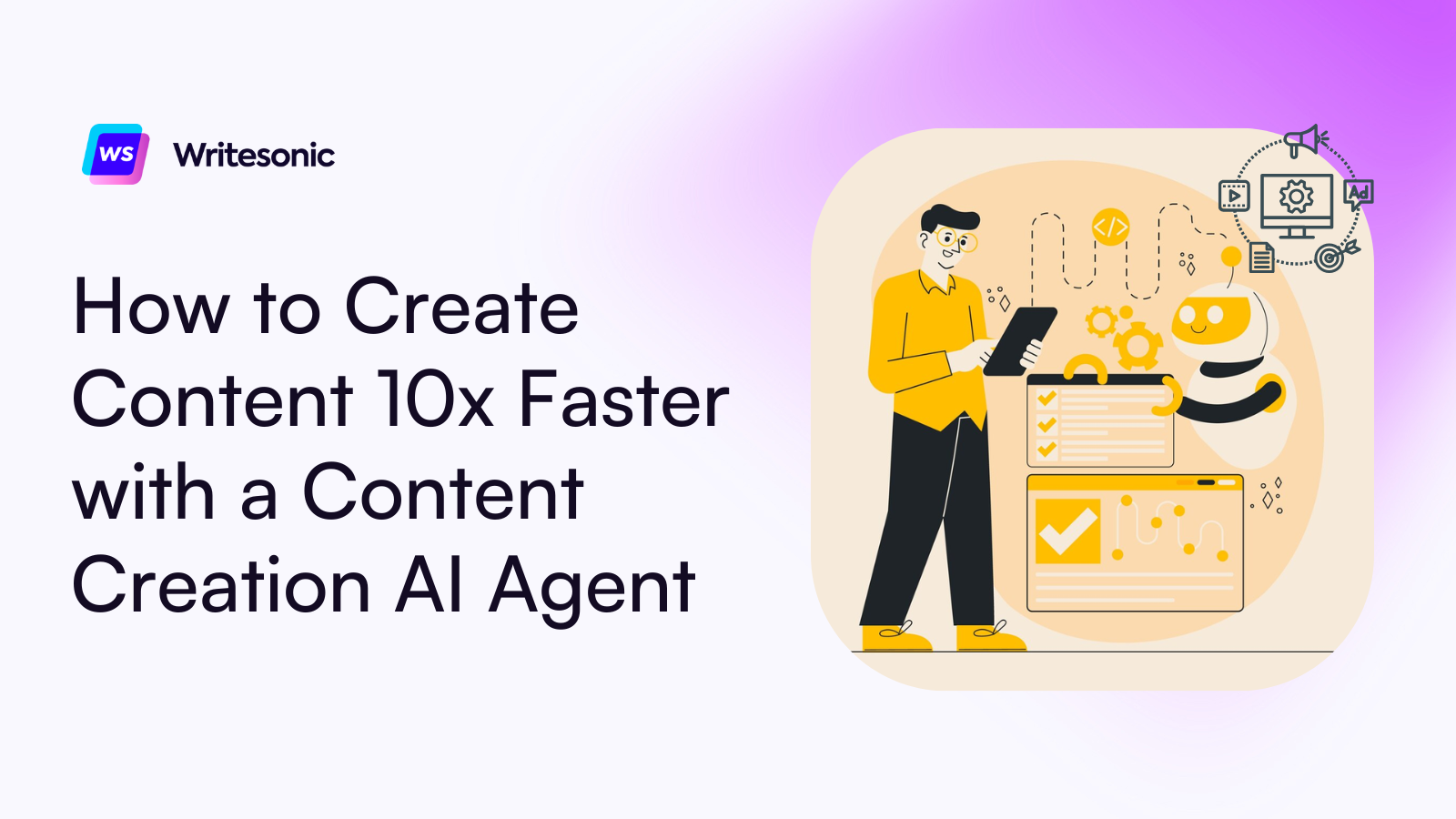
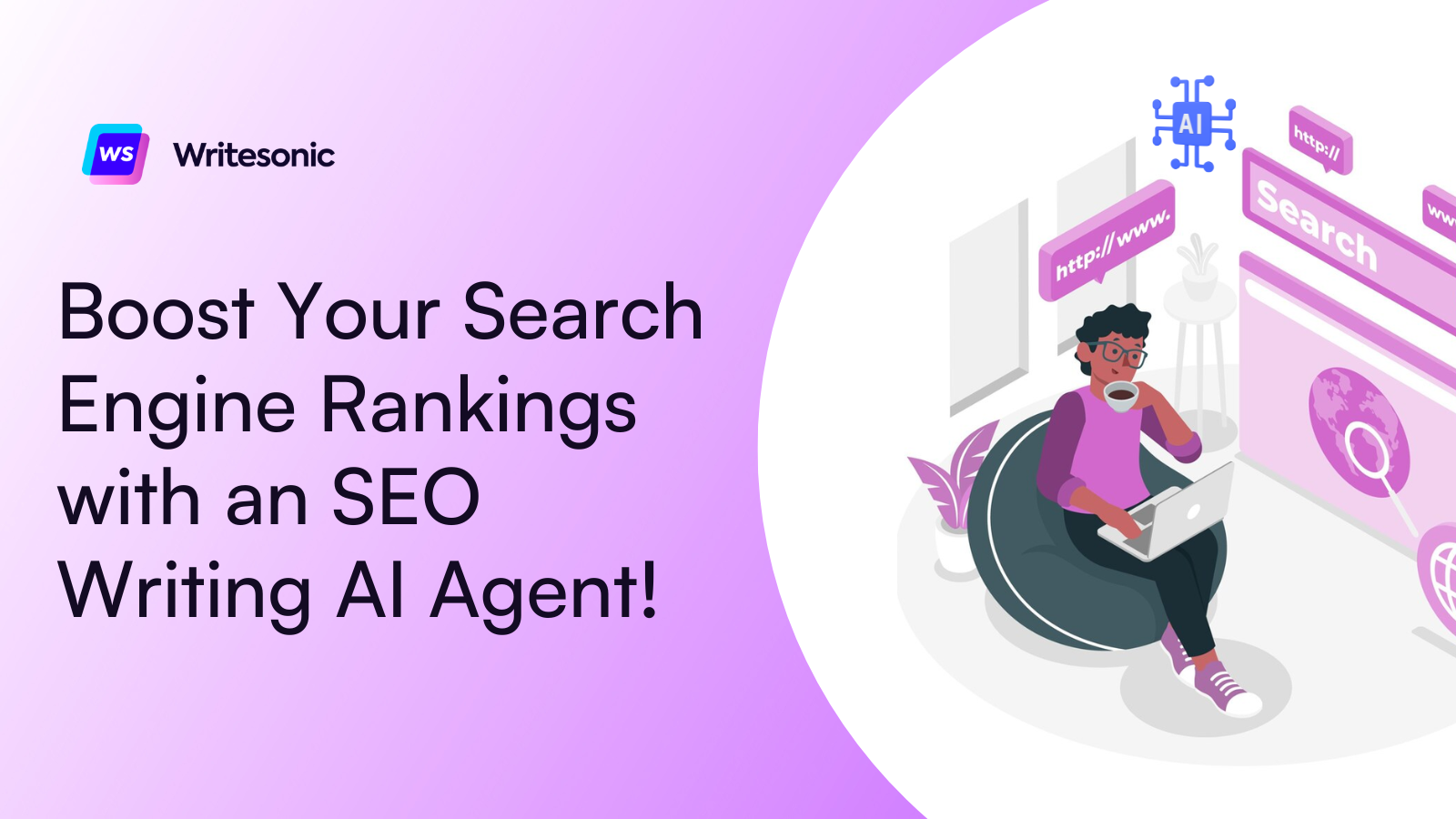

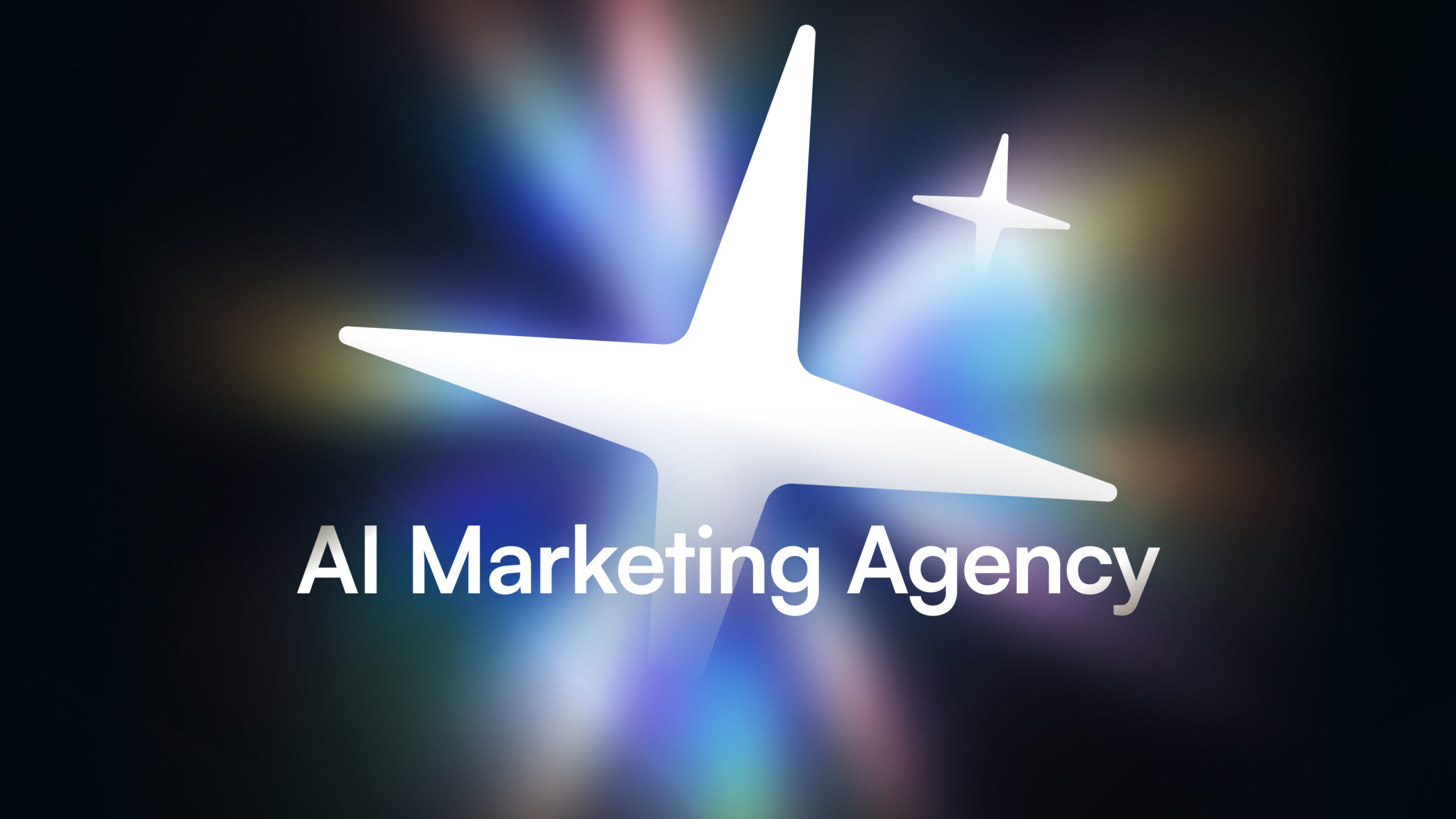
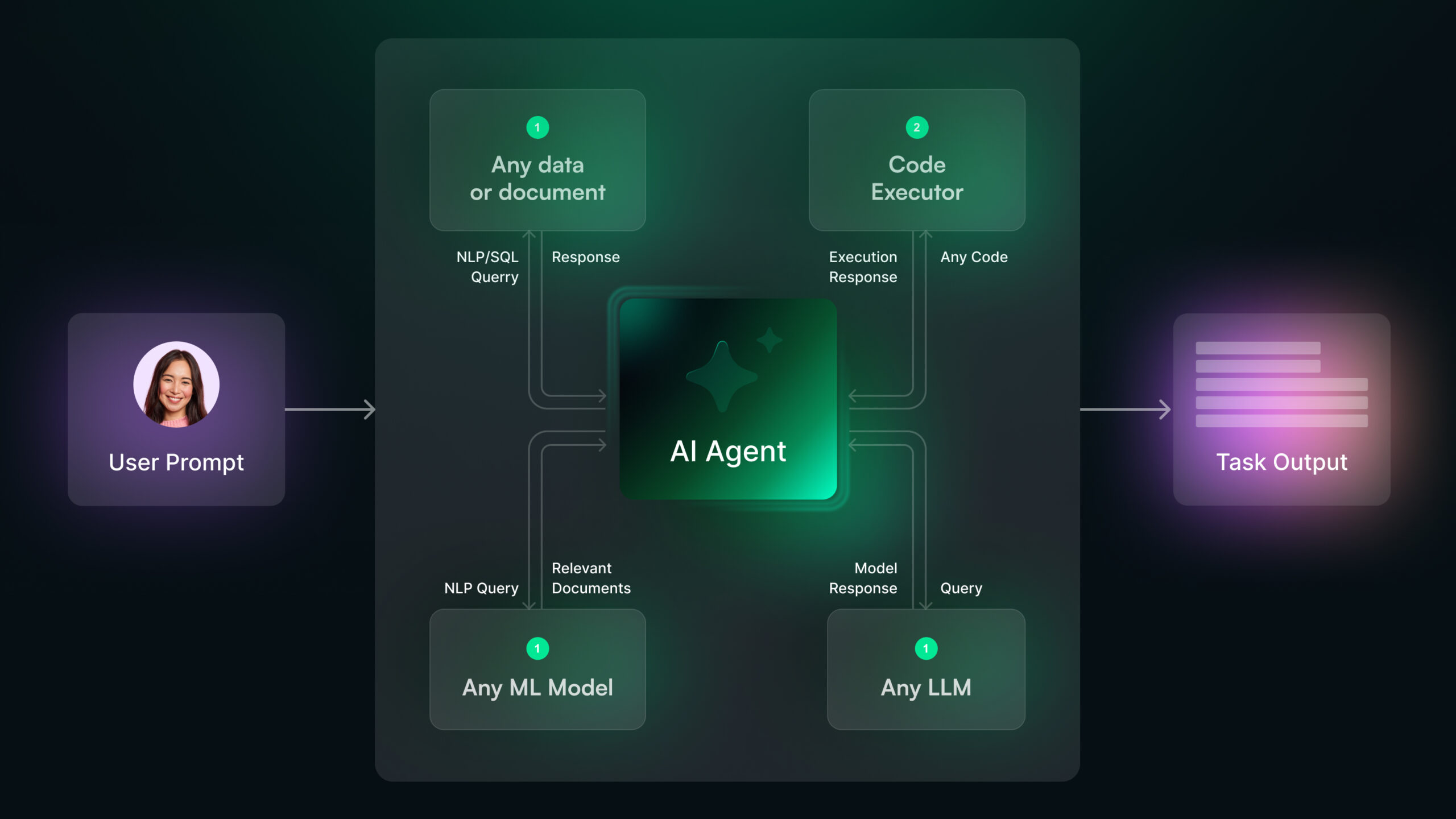
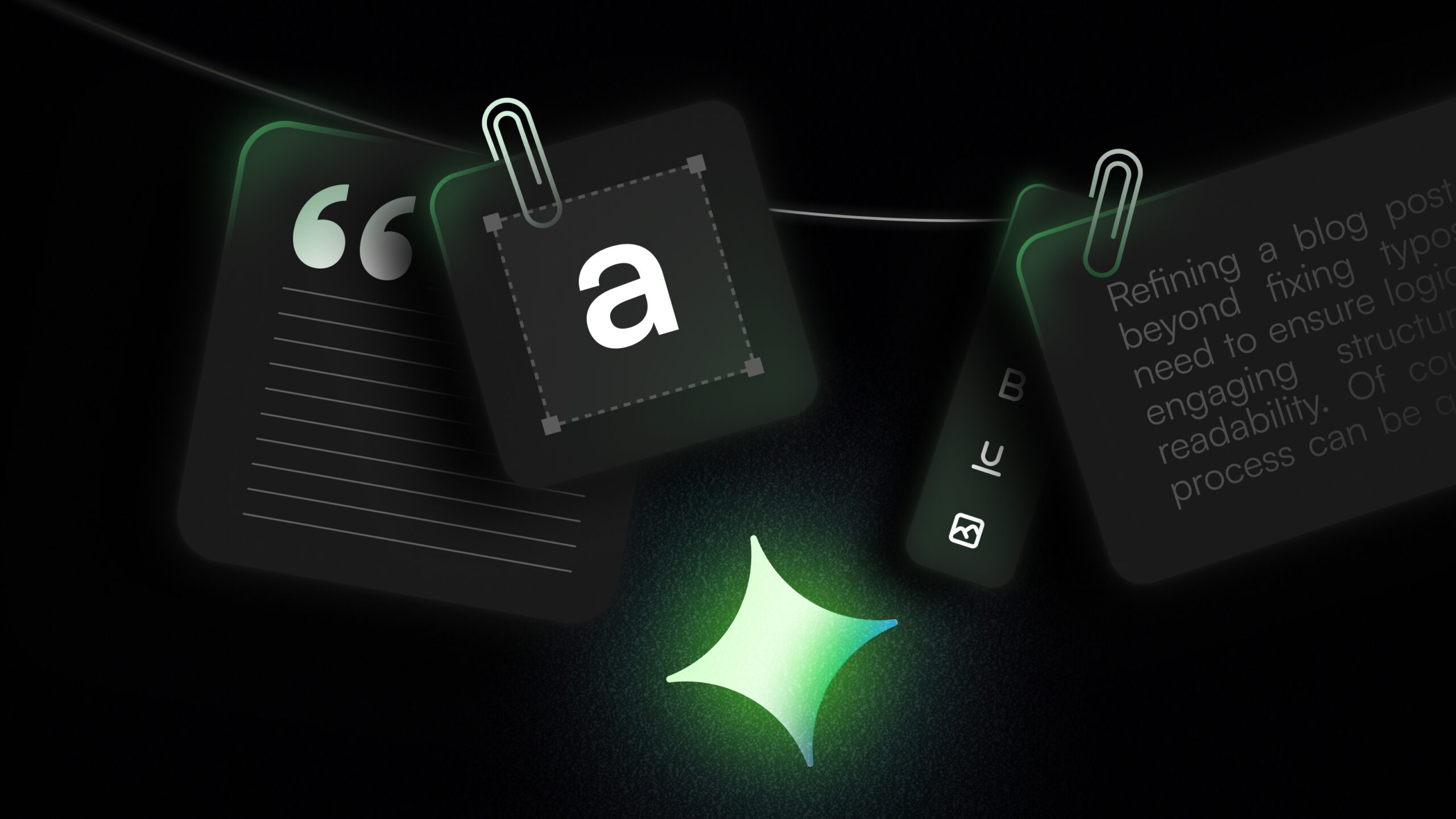
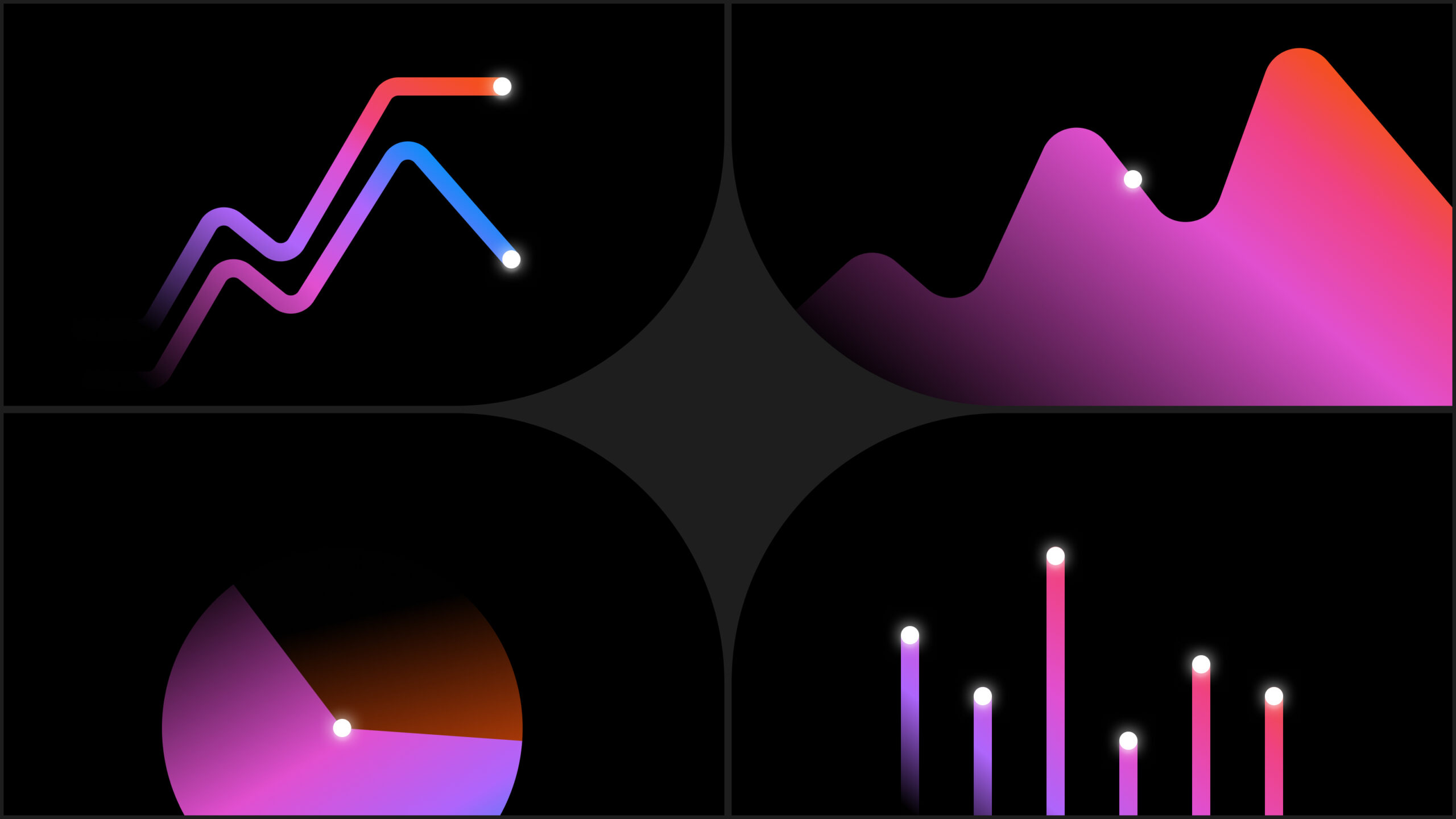

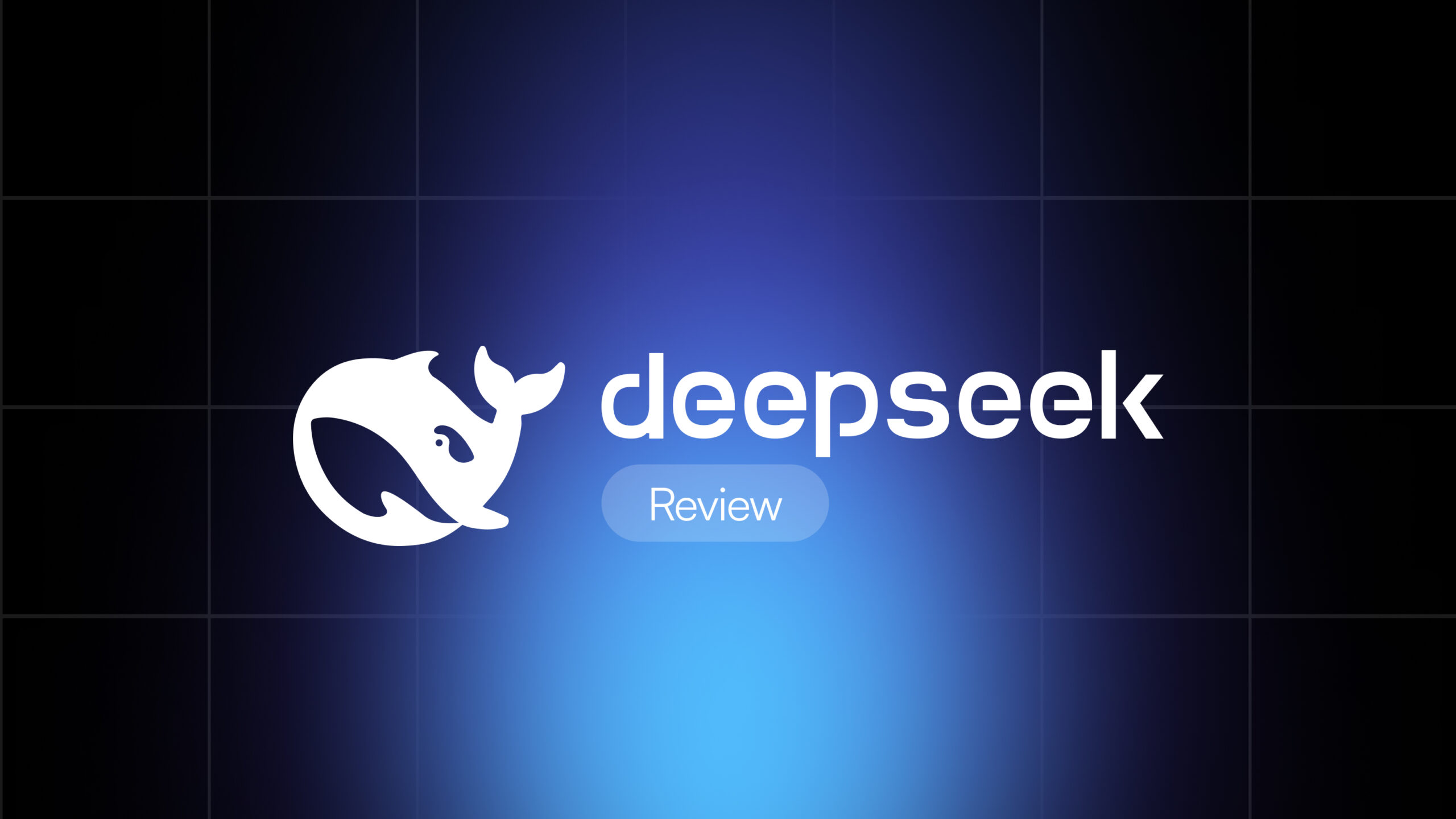

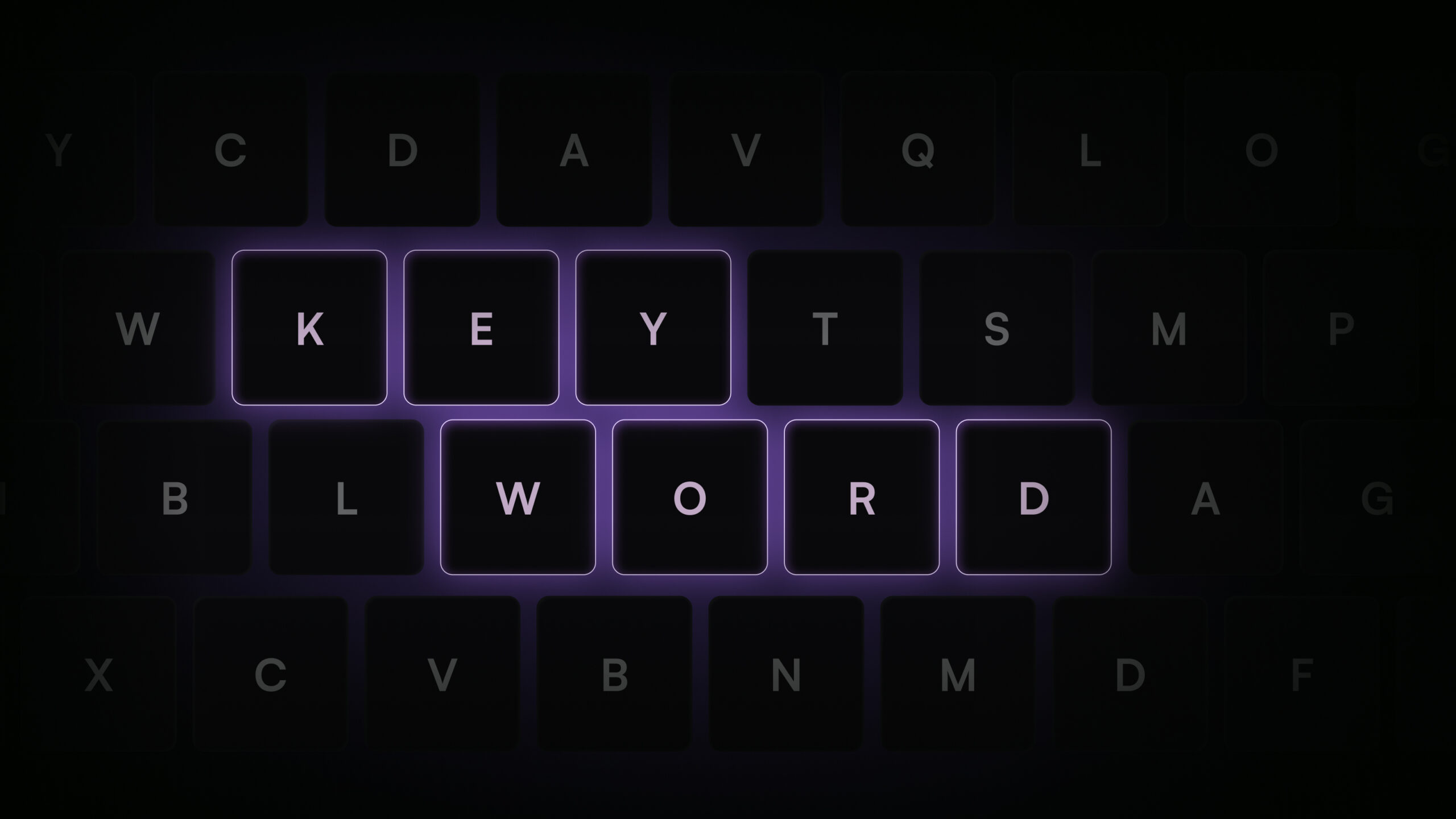
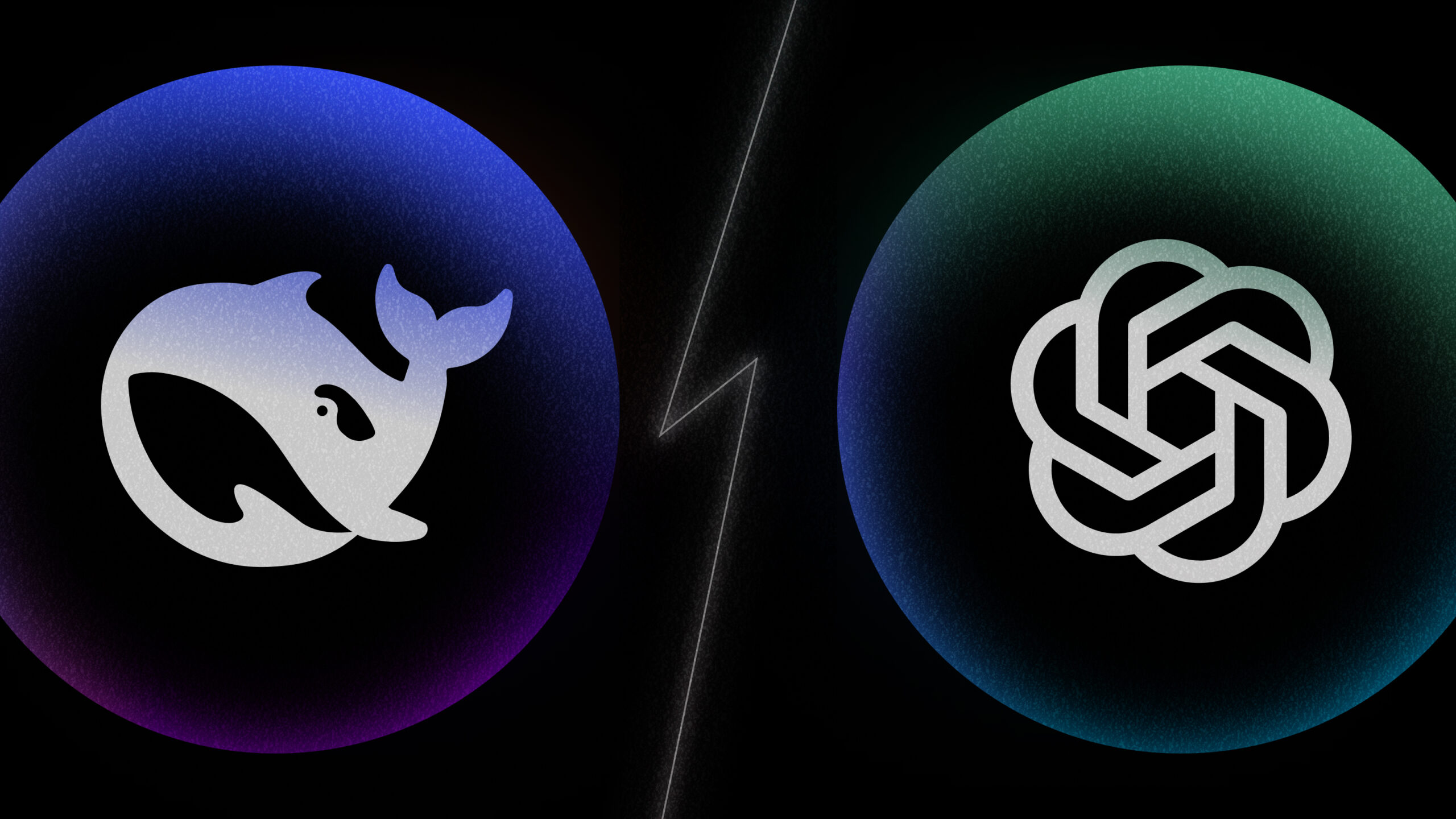
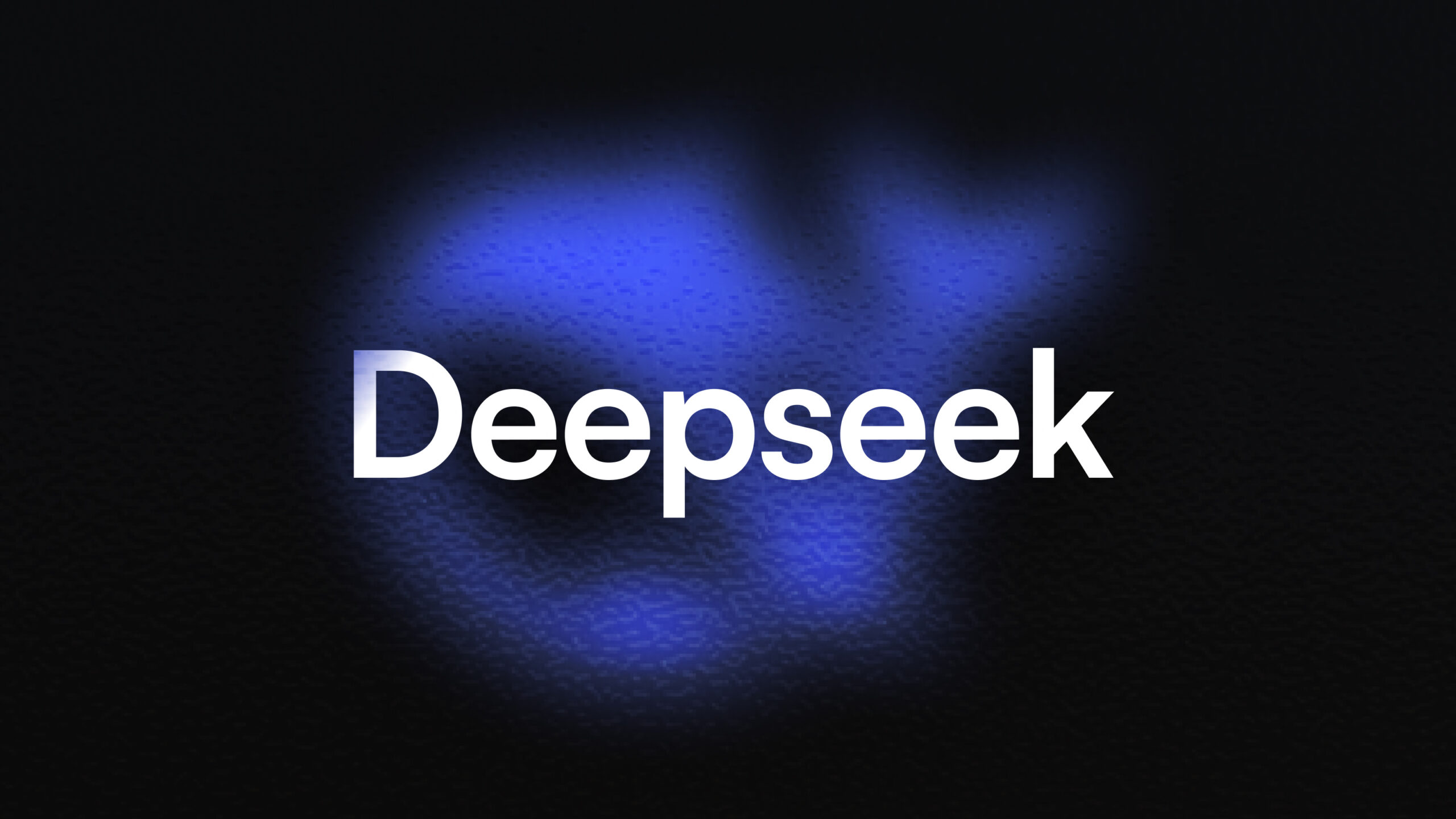
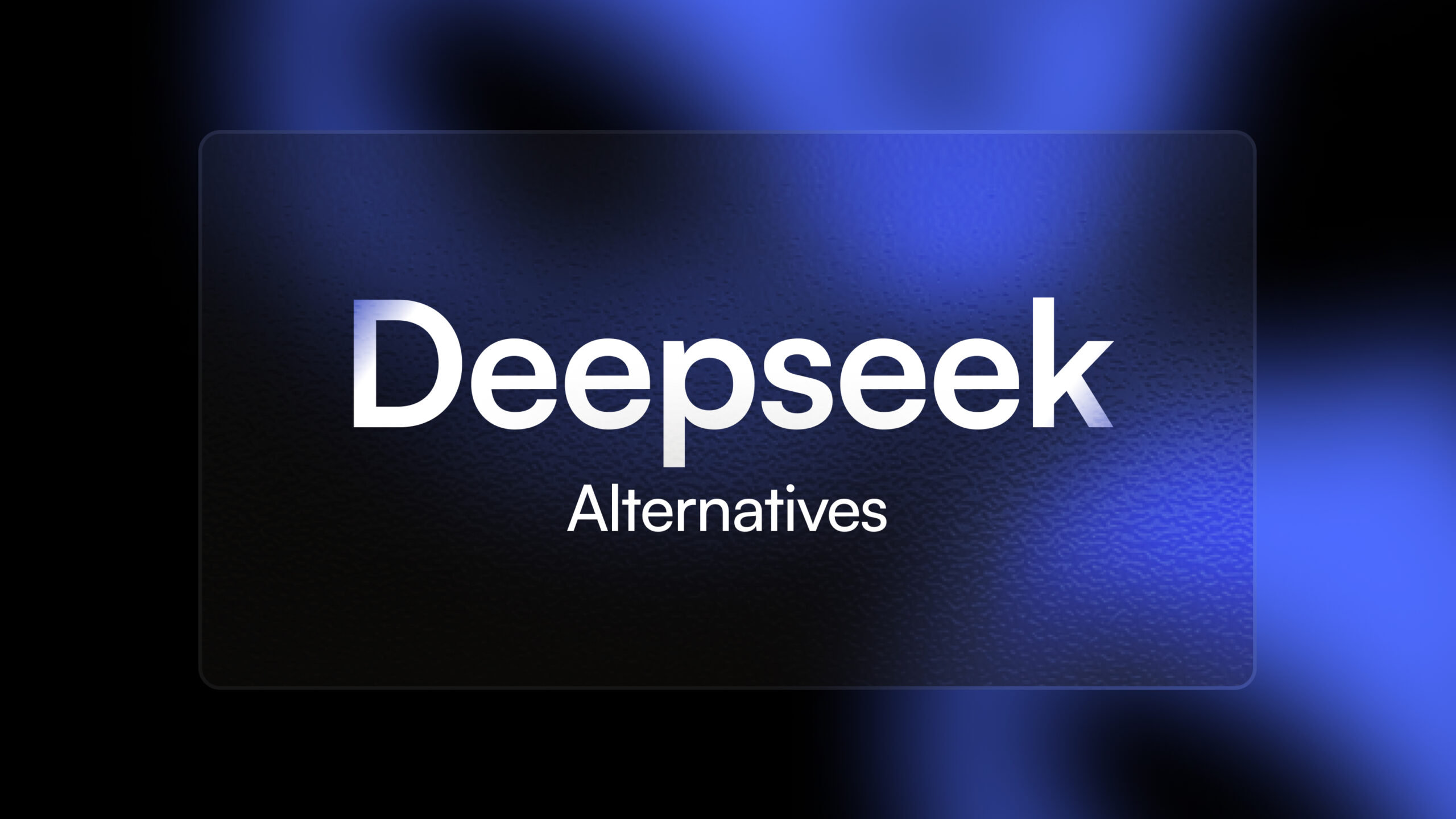
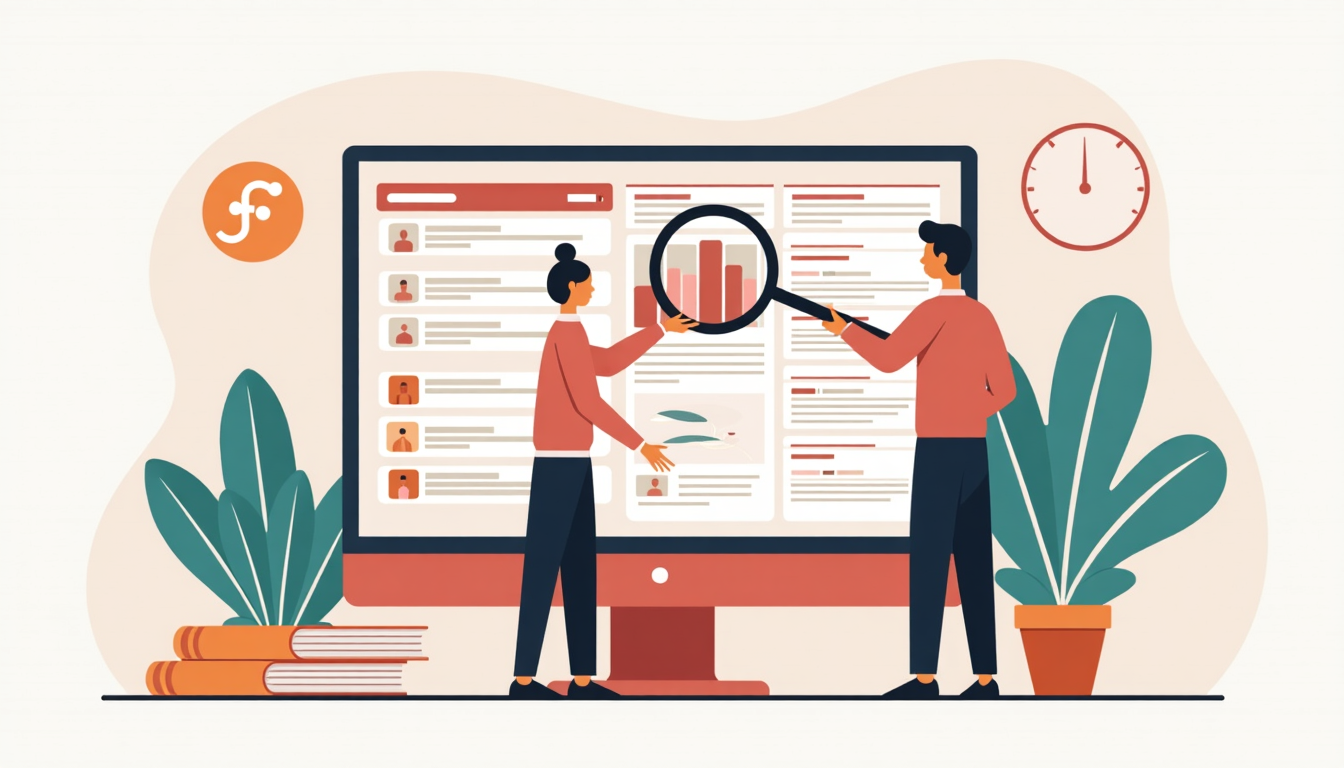

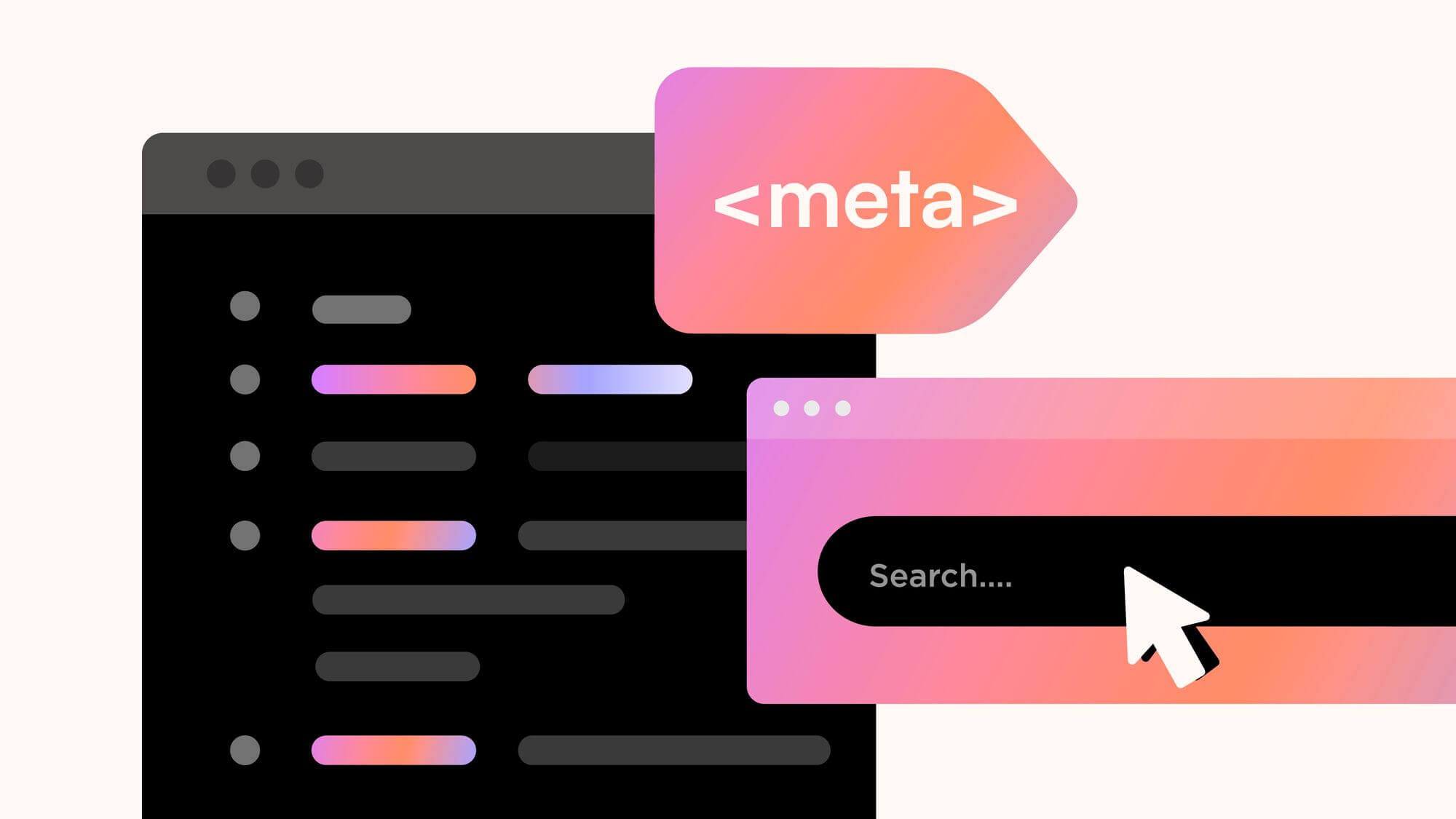
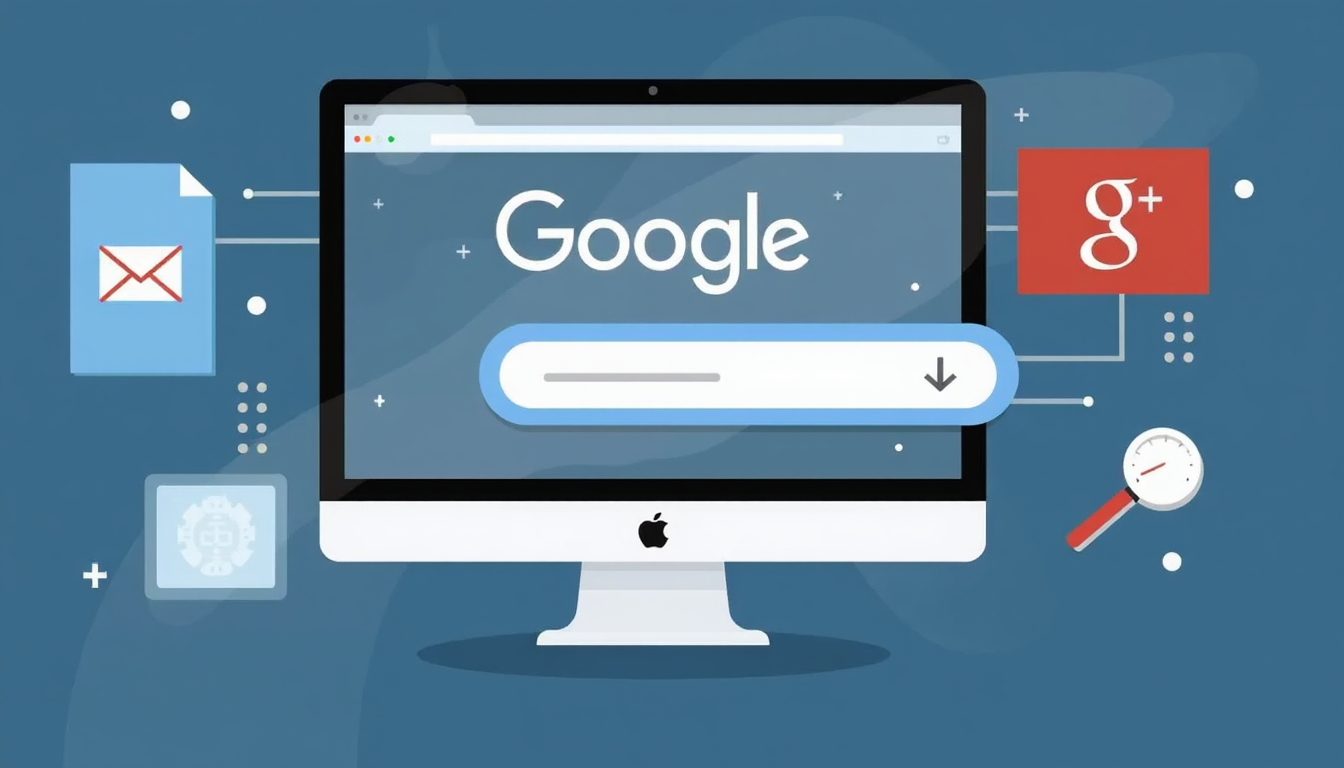
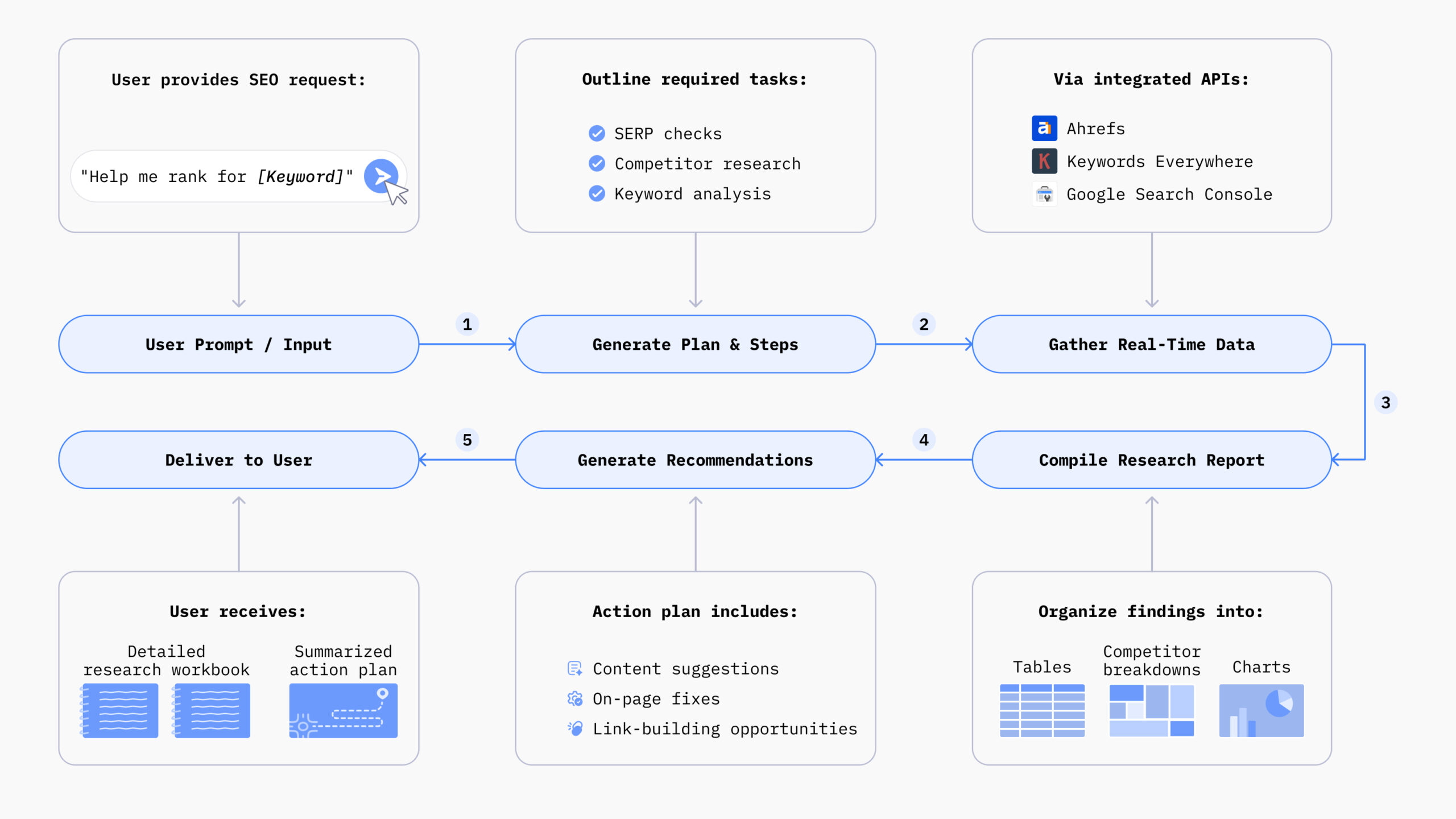
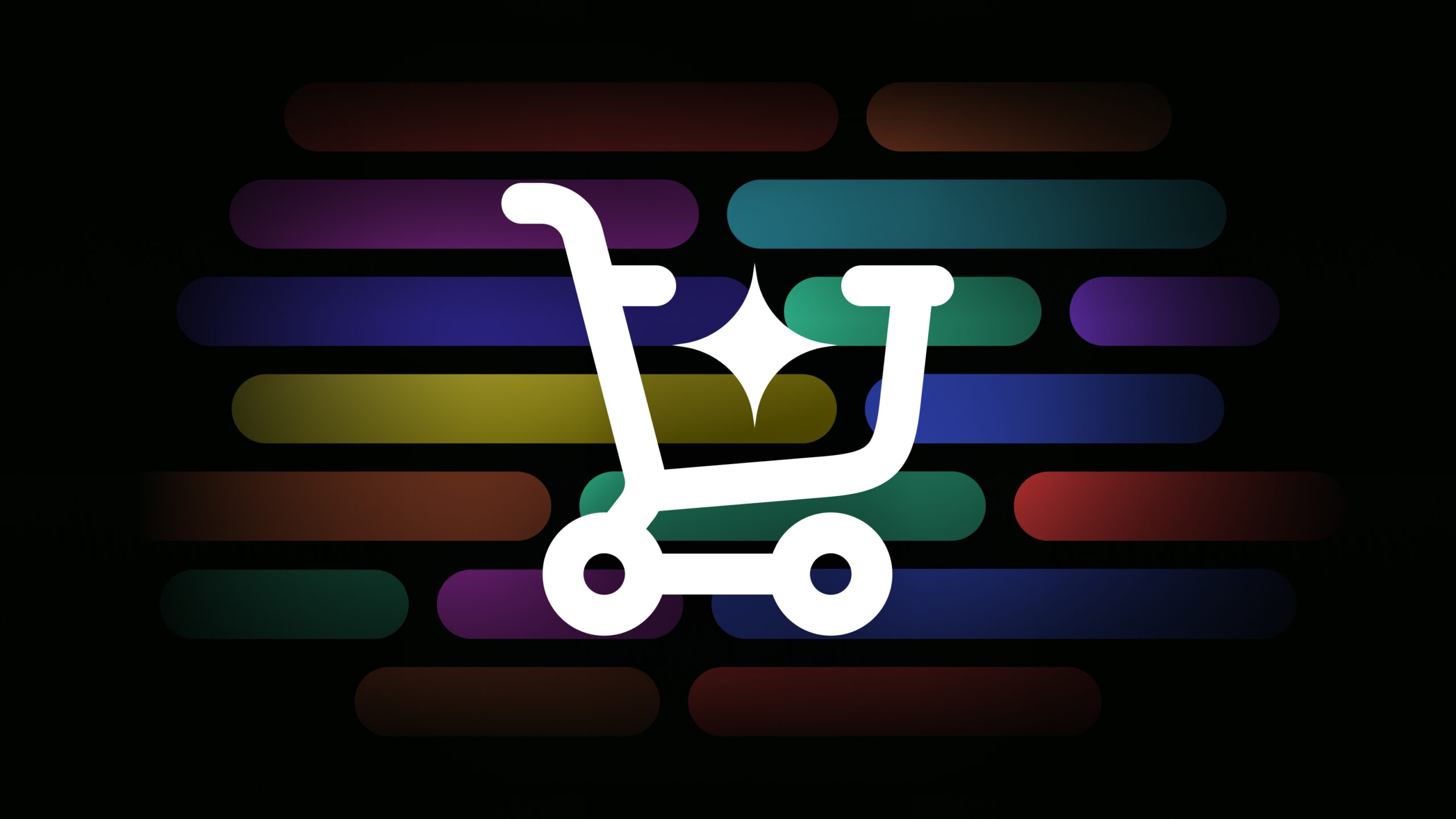

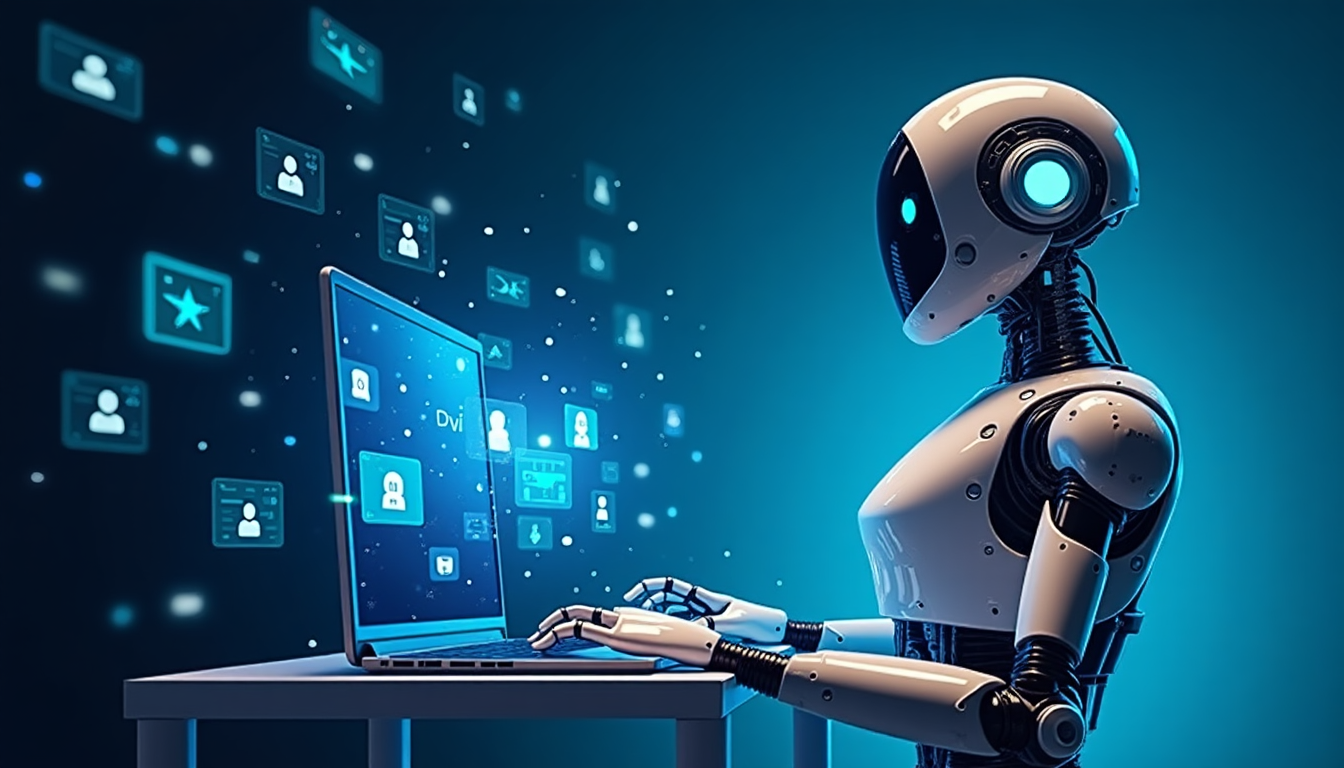
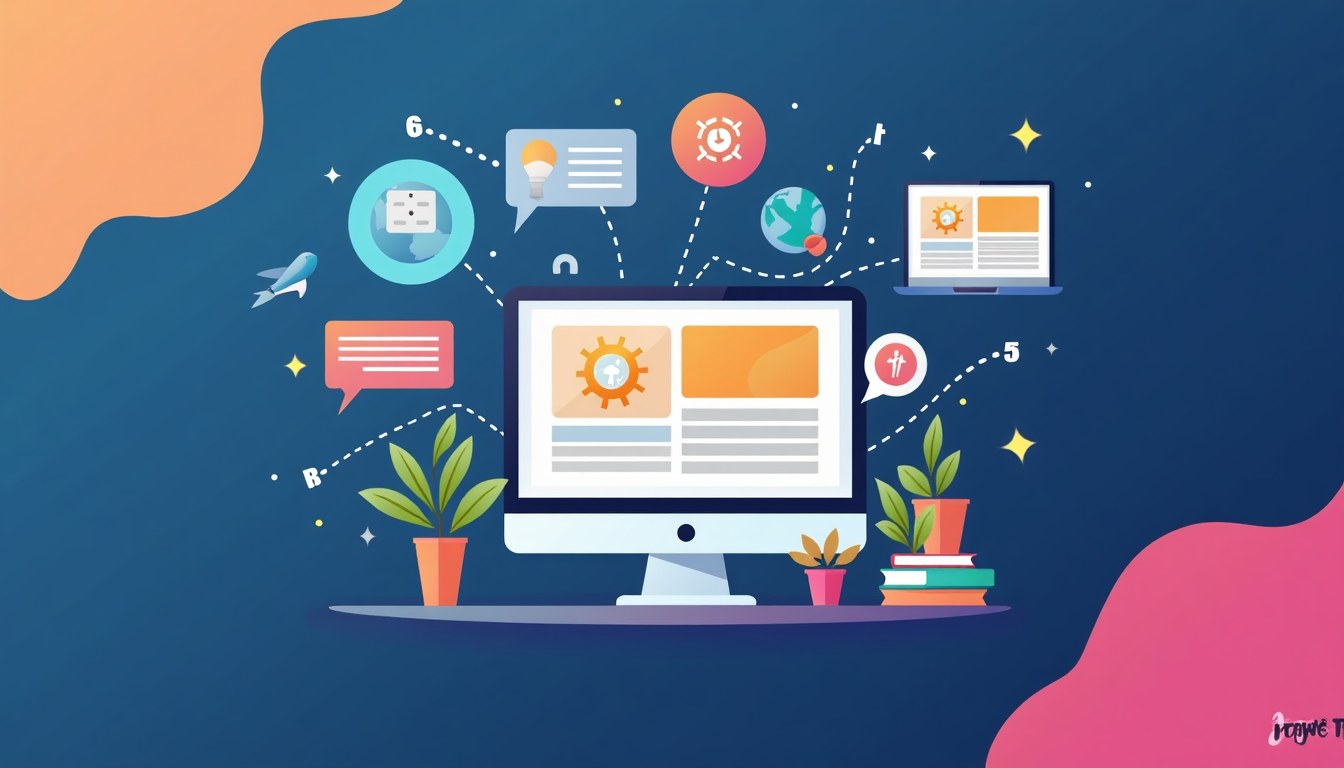

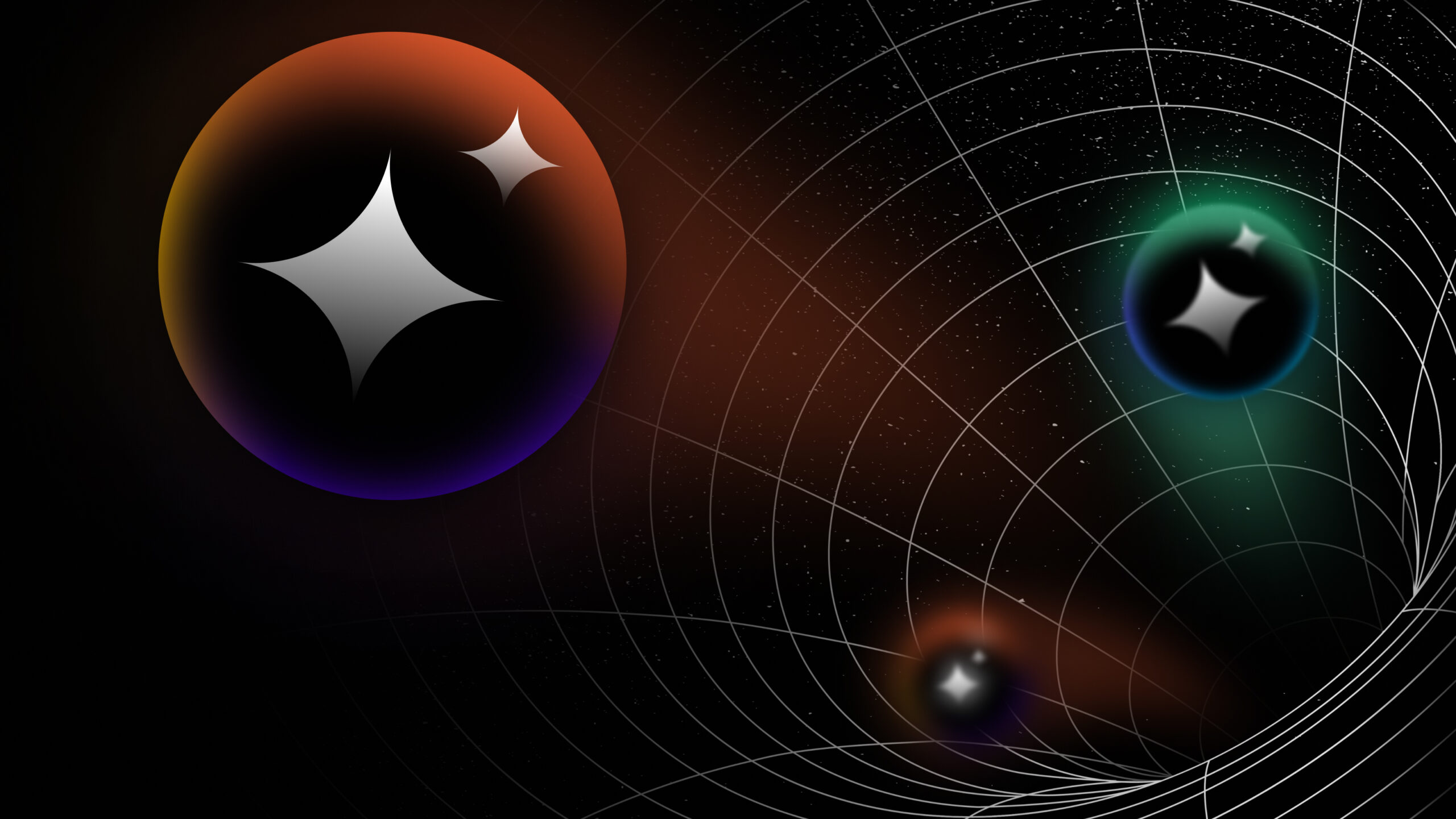
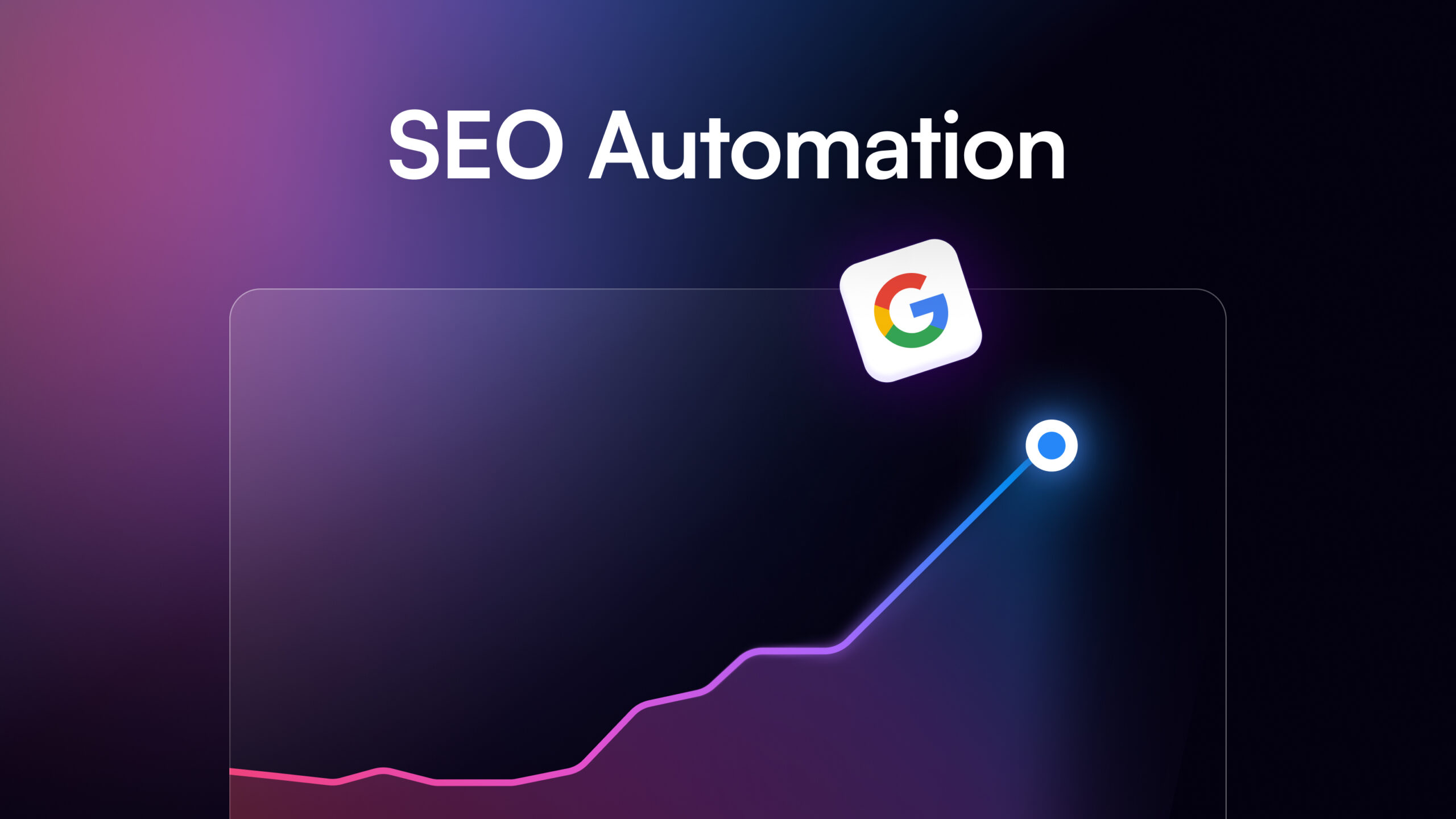

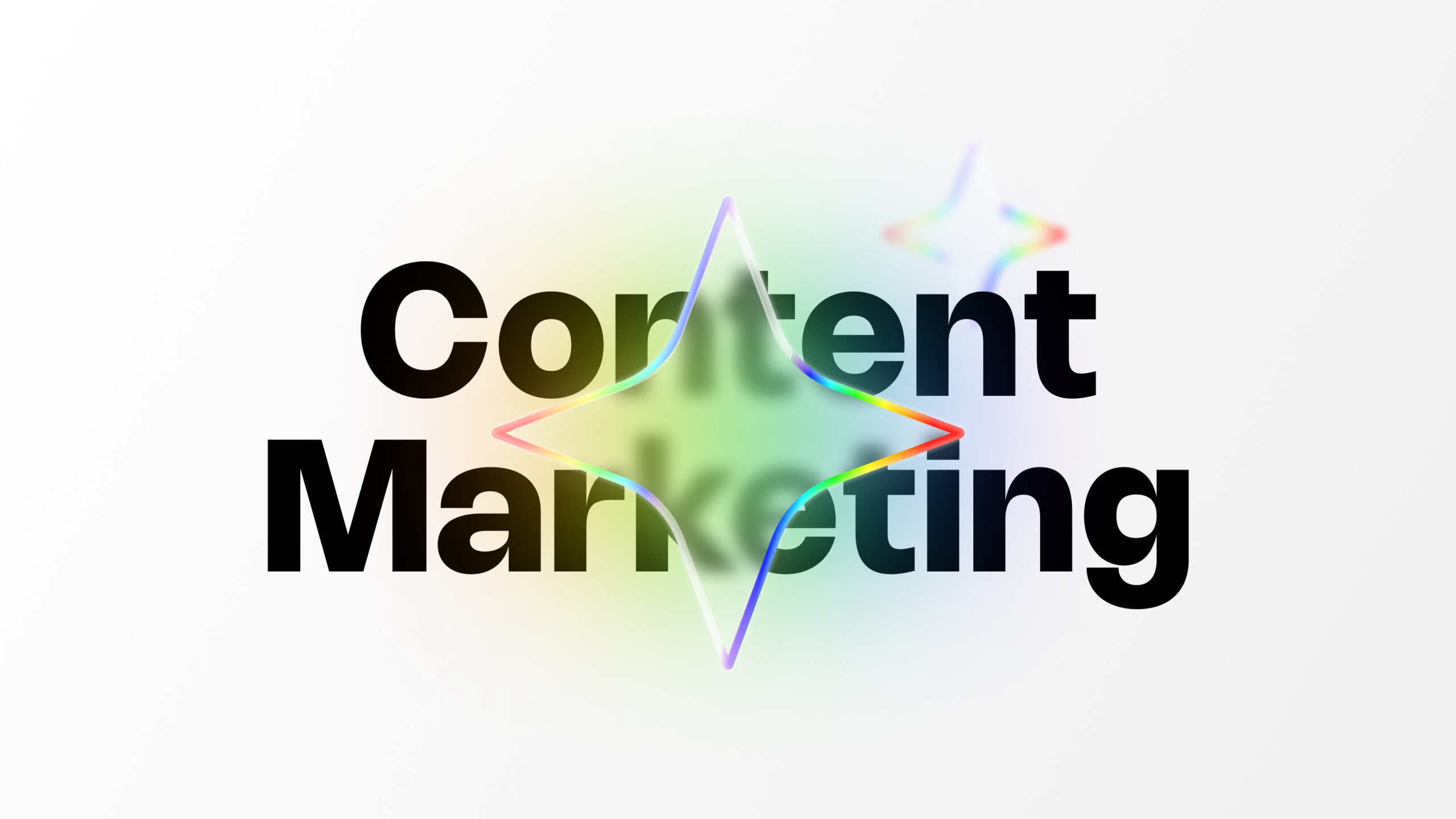

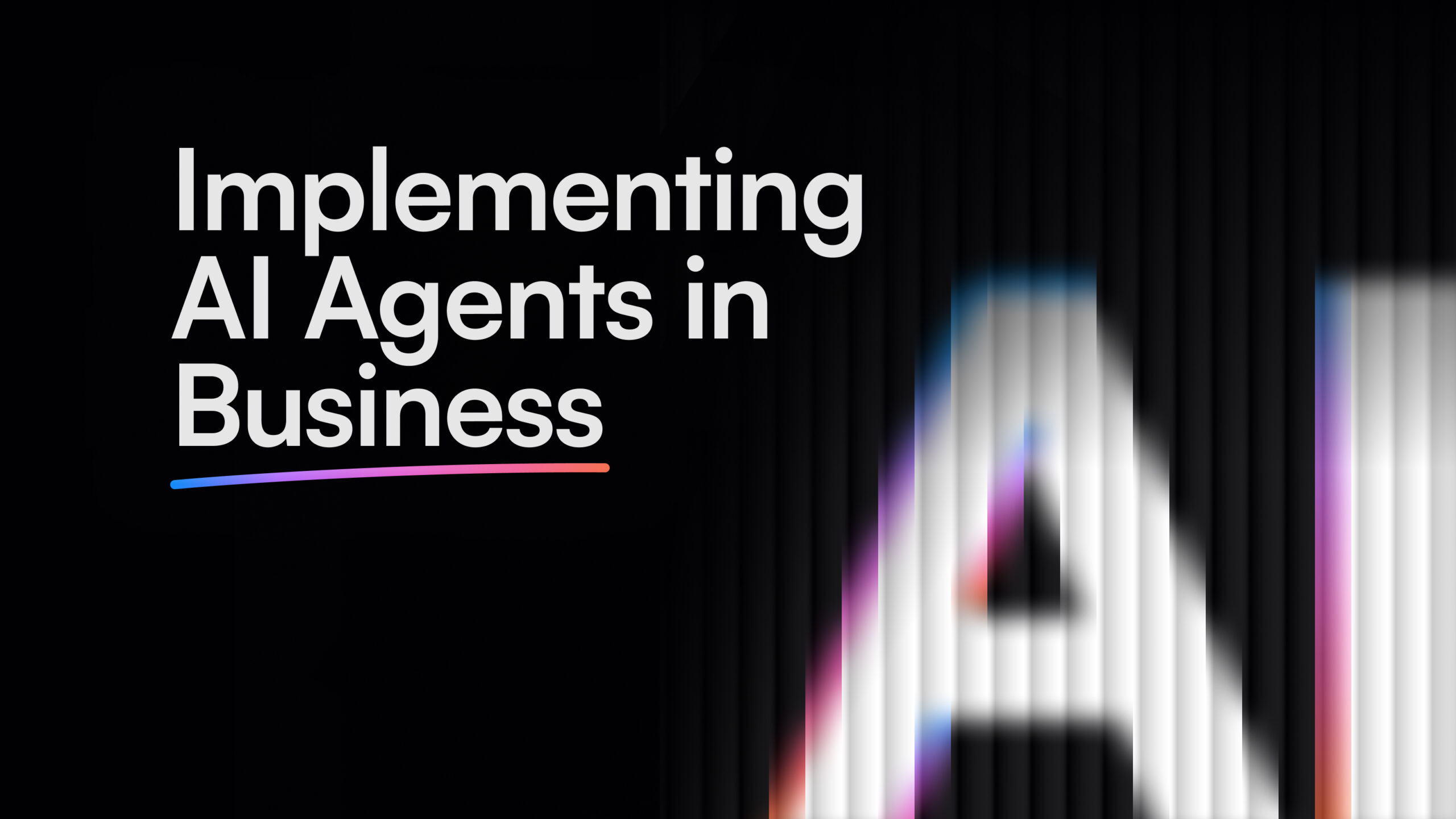
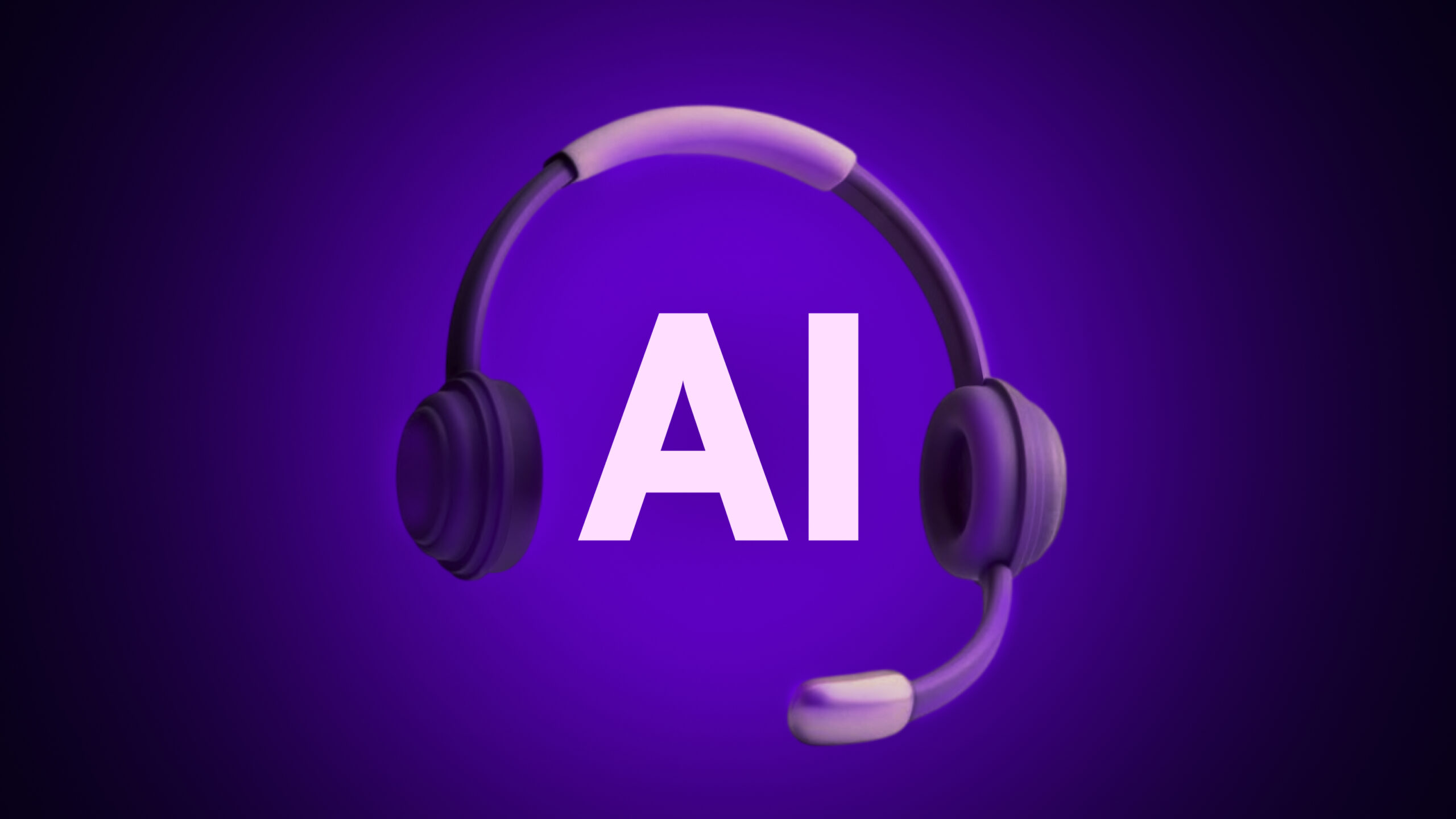
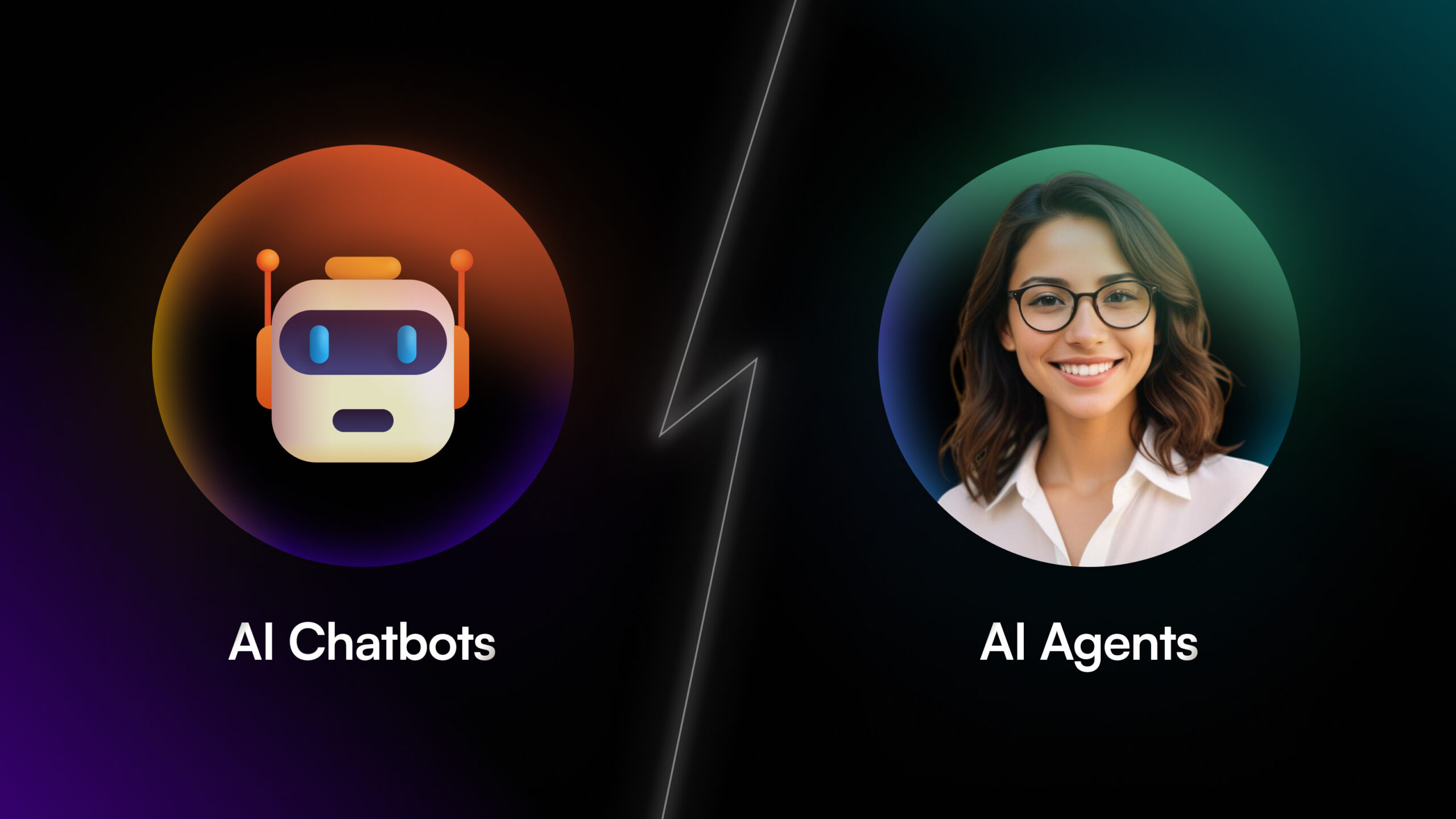
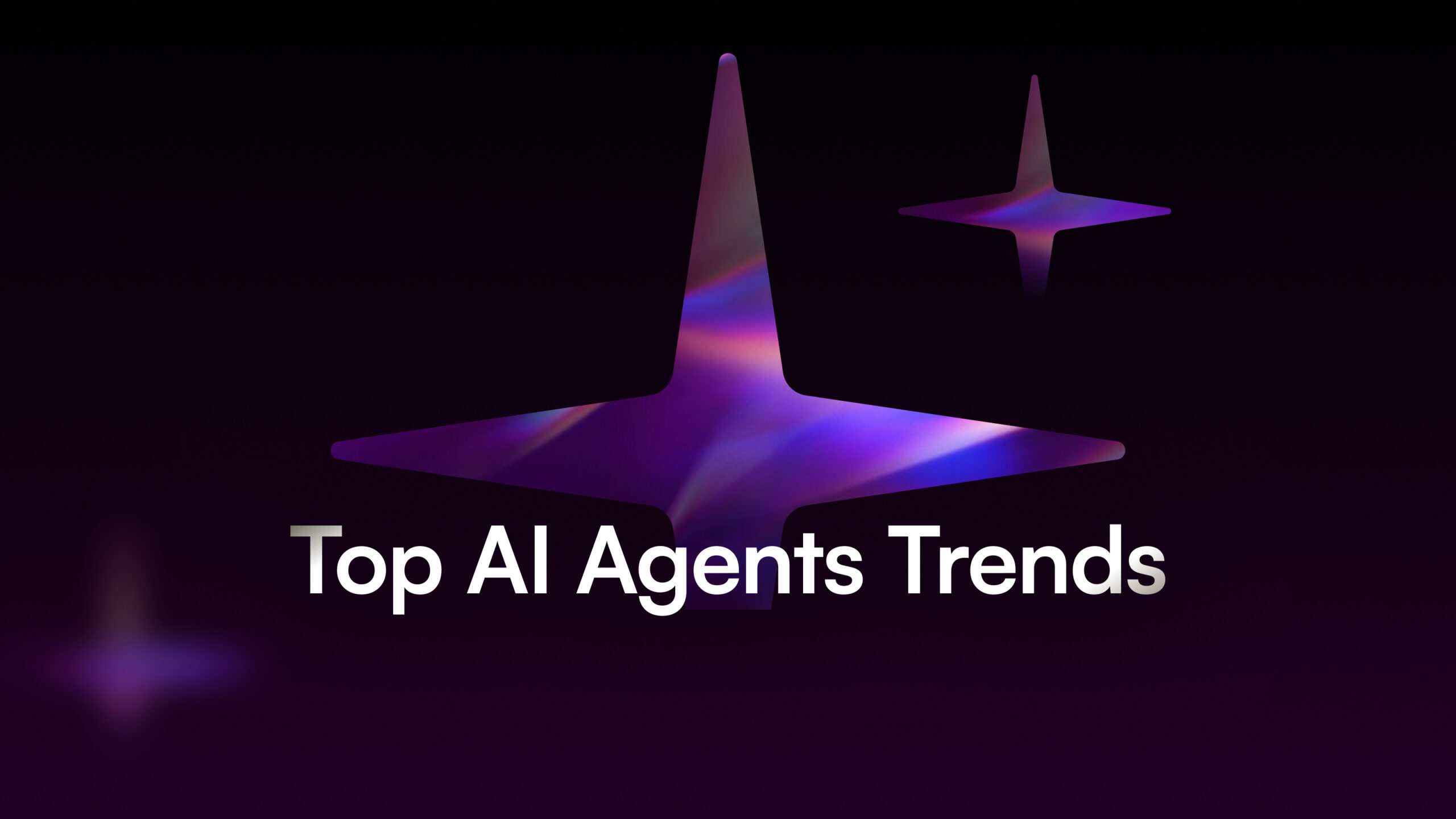
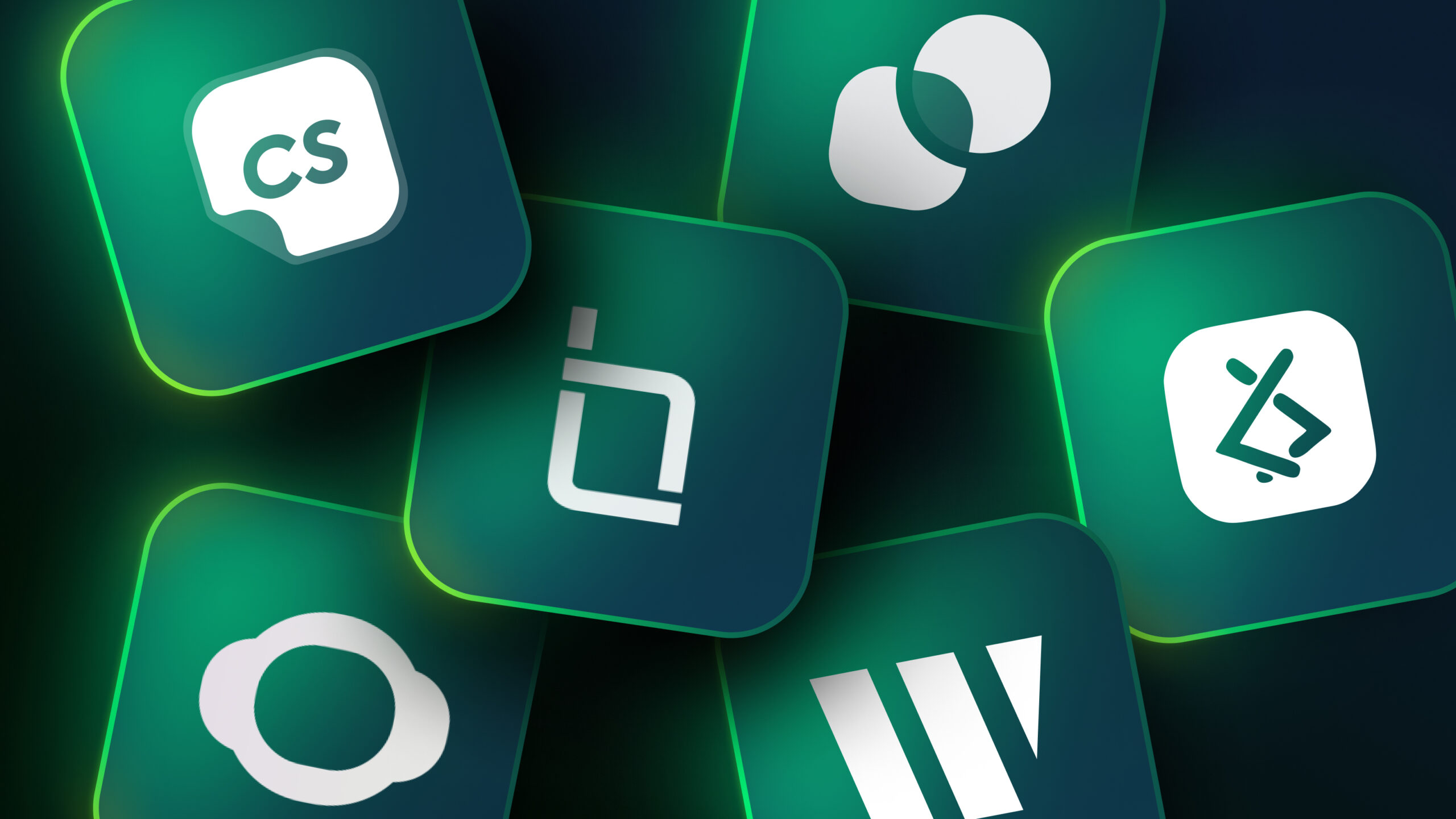
![How to Scale Your Business Using B2B AI Agents [+ Tools to Try]](/wp-content/uploads/B2B-AI-Agents-scaled.jpg)
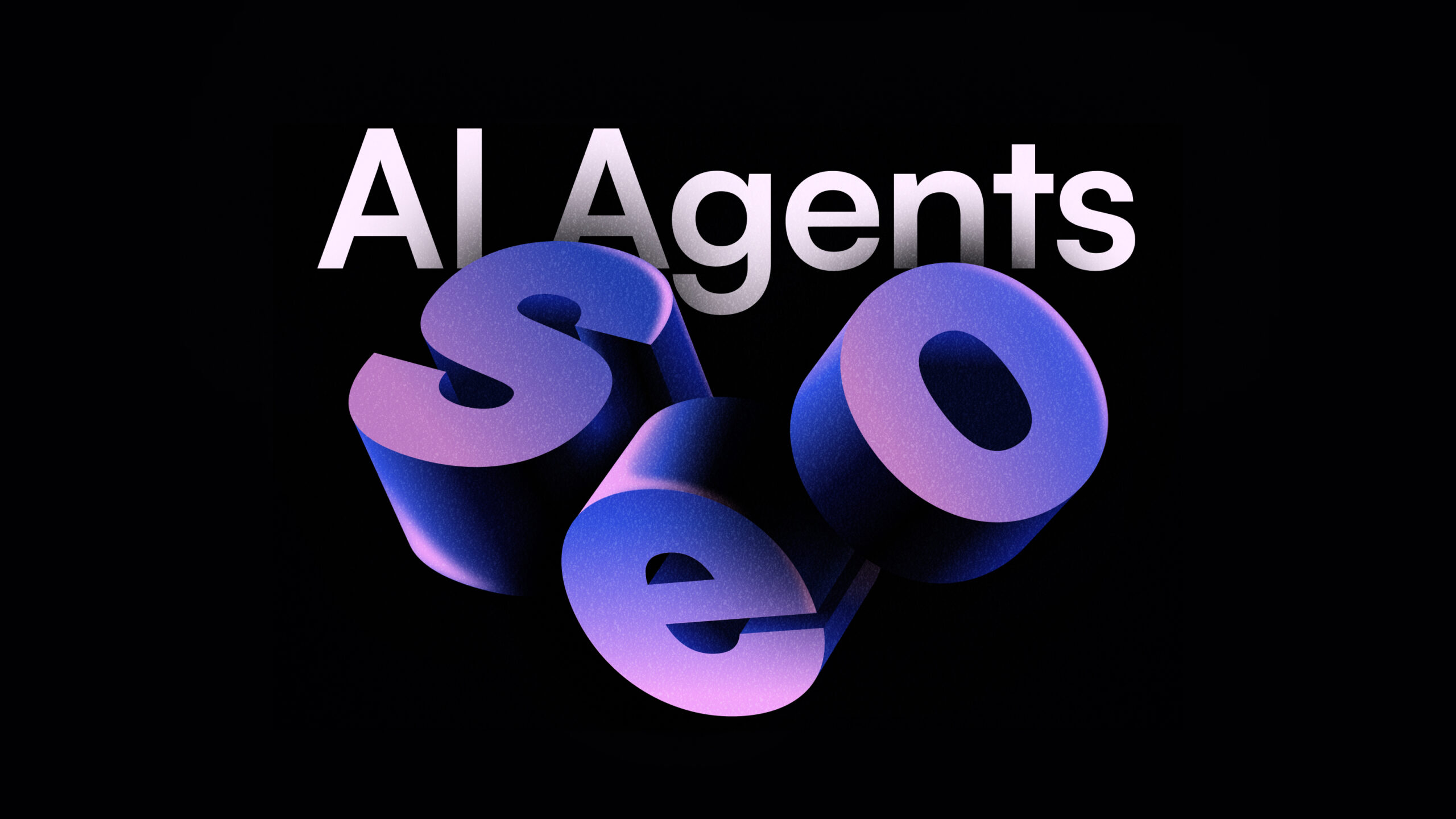
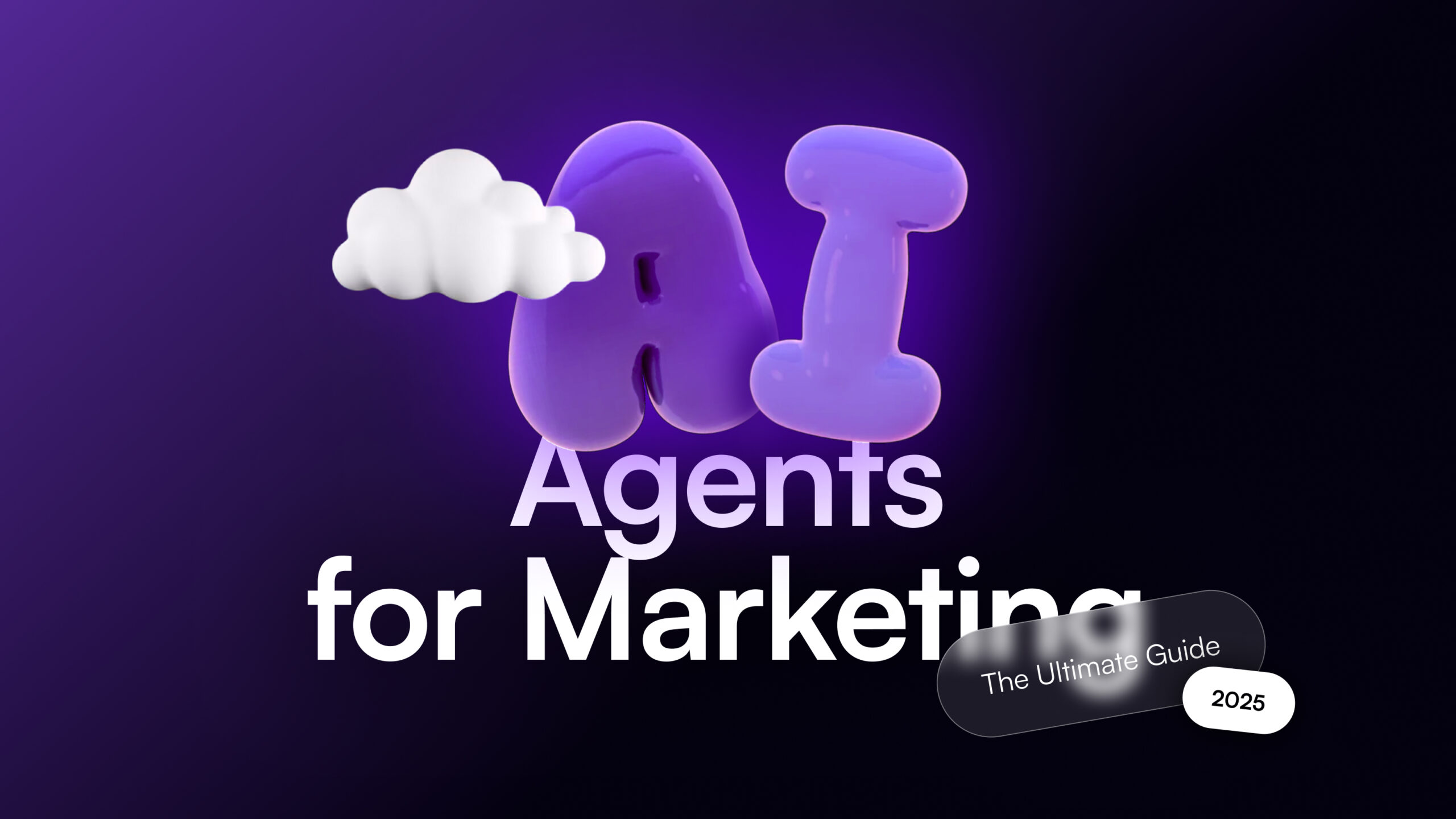
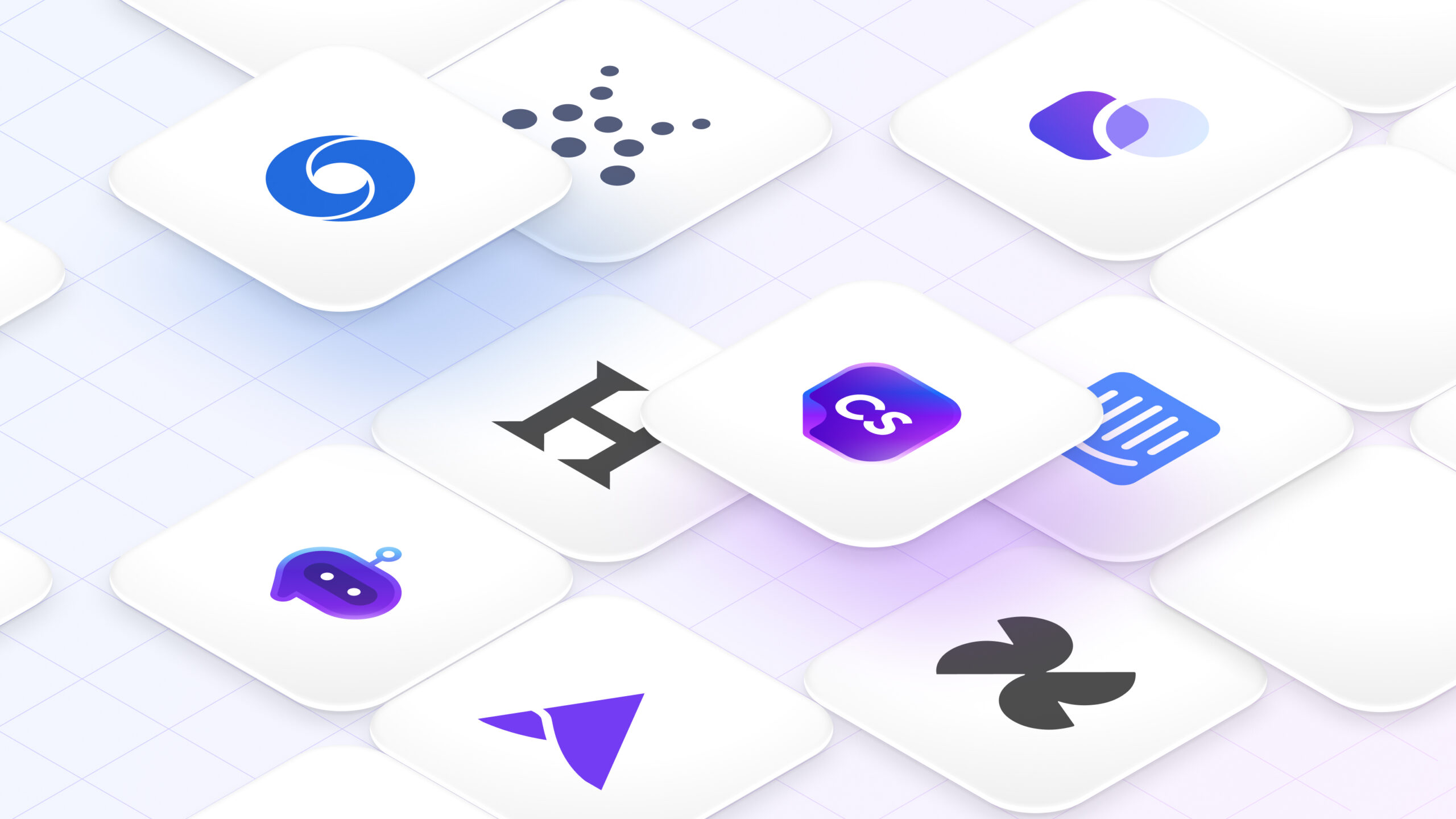
![40 AI Agent Use Cases Across Industries [+Real World Examples]](/wp-content/uploads/AI-Agent-Use-Cases-1-scaled.jpg)
